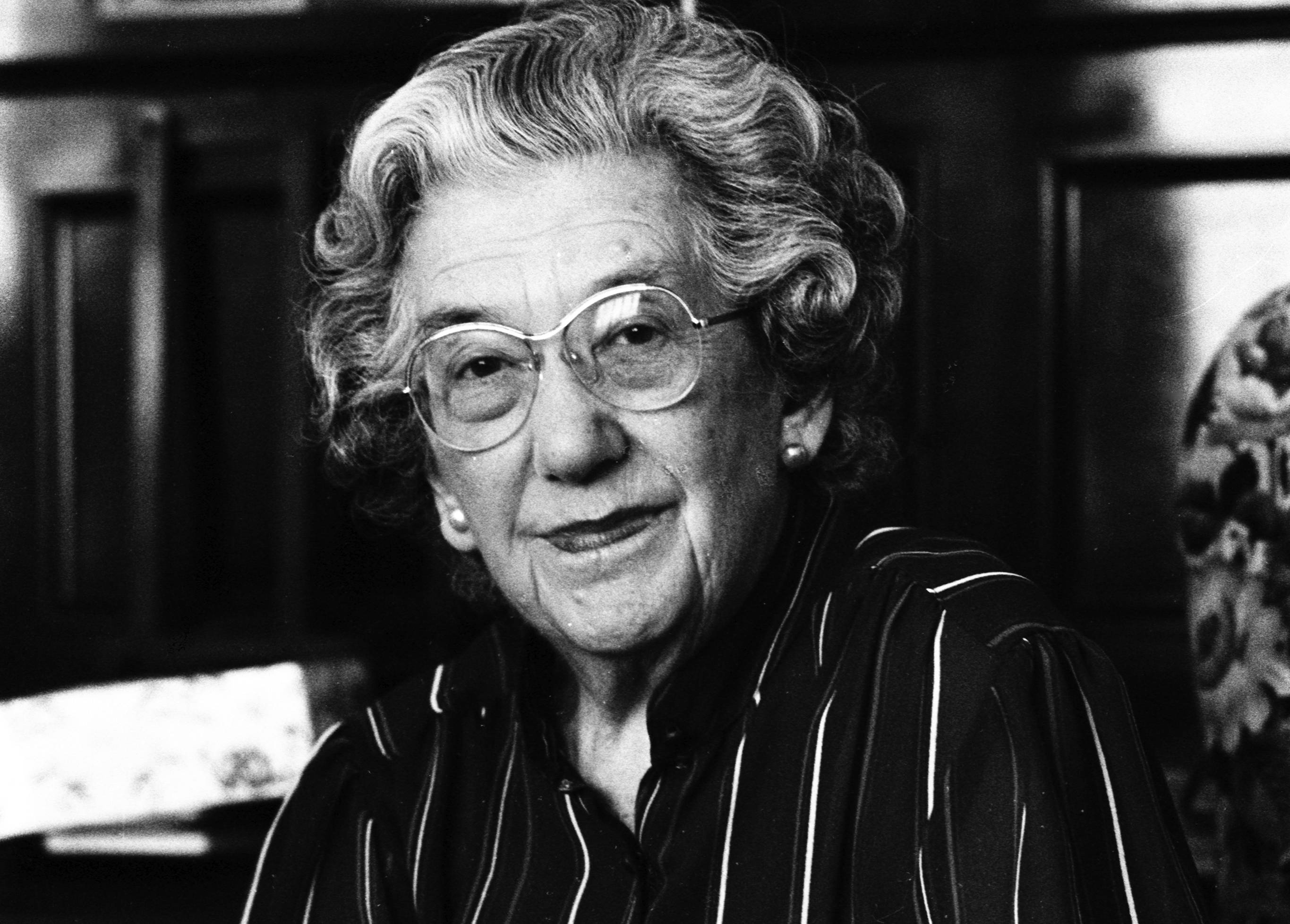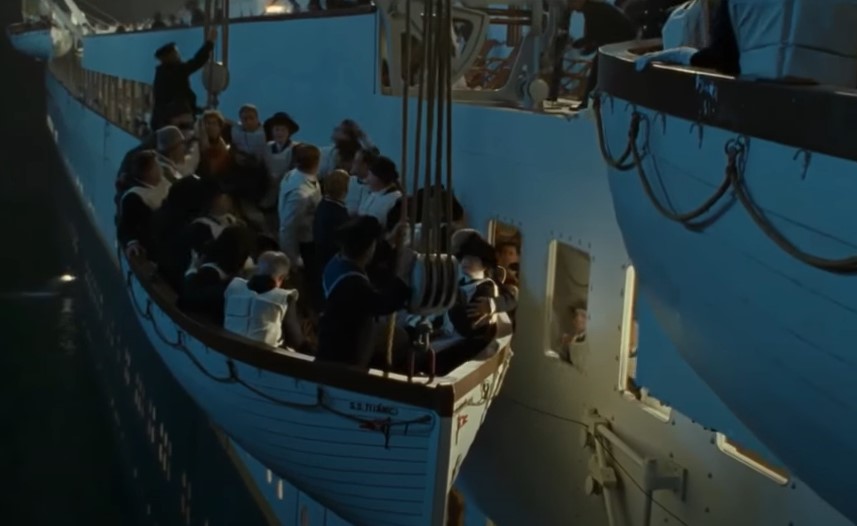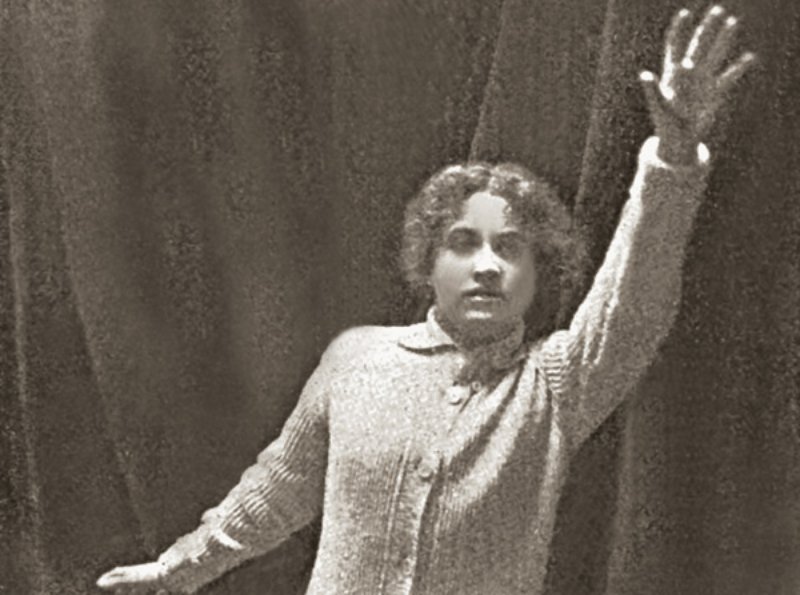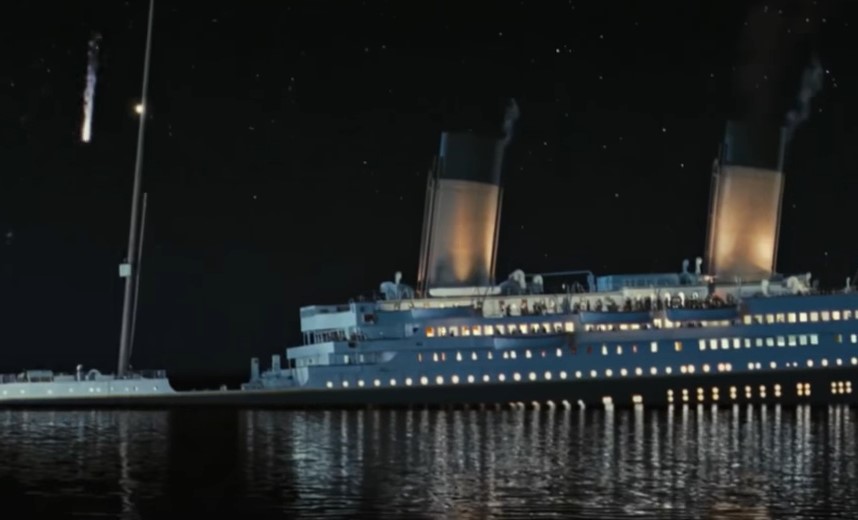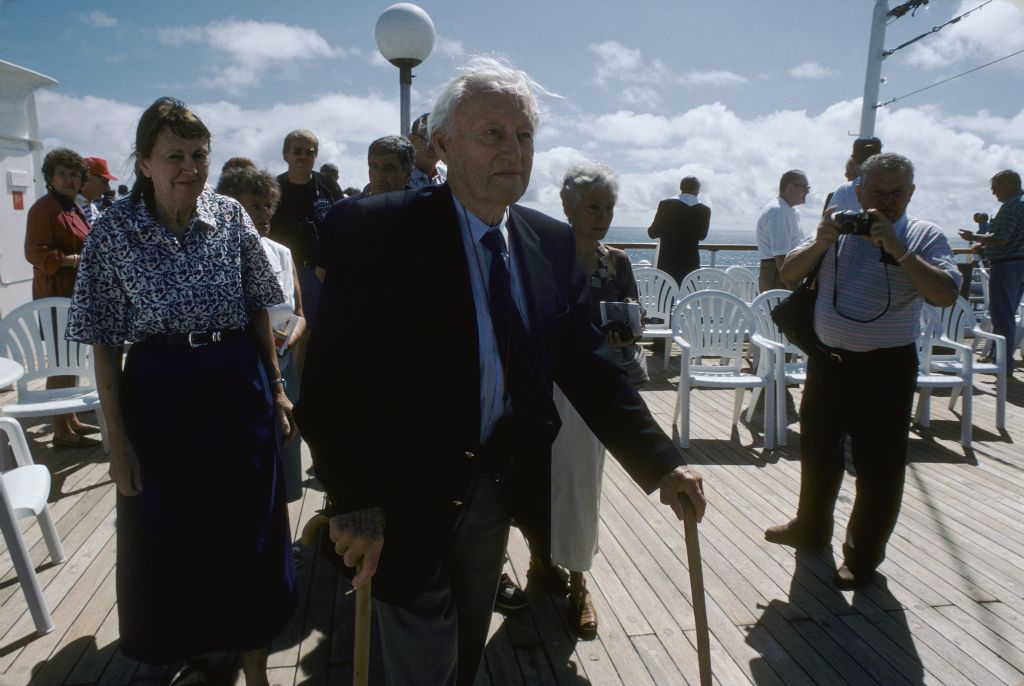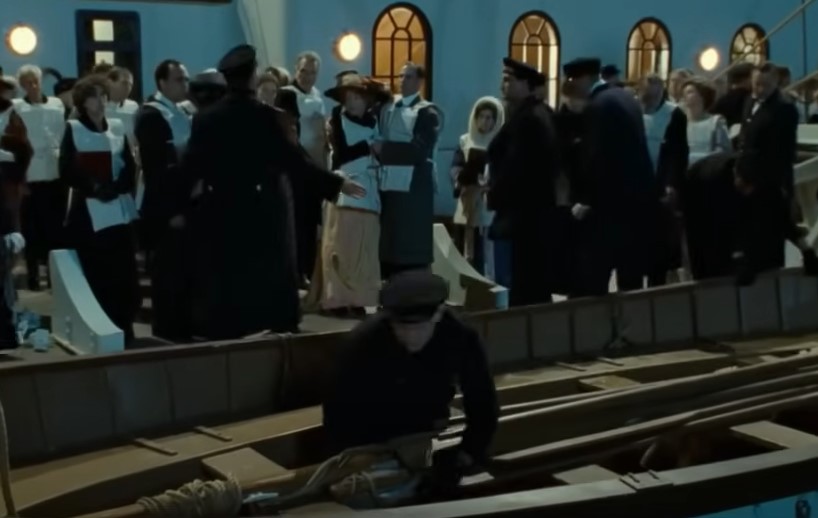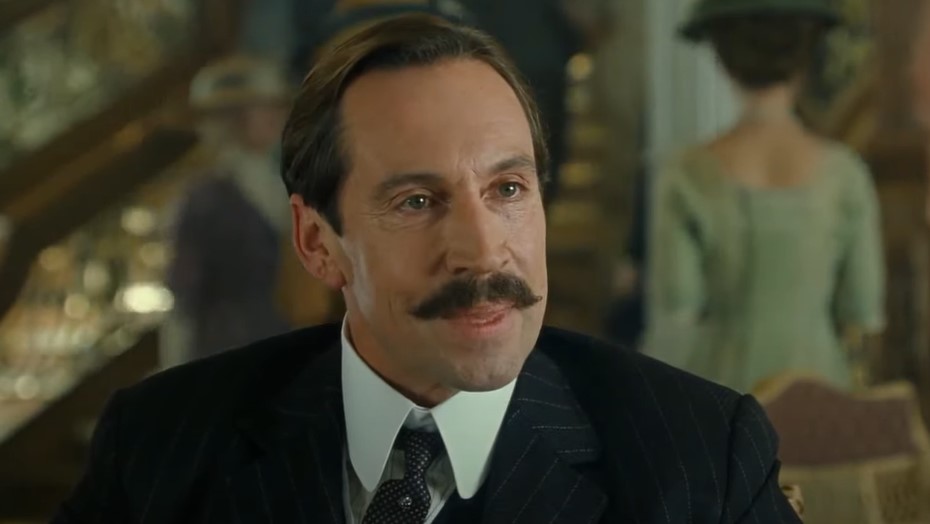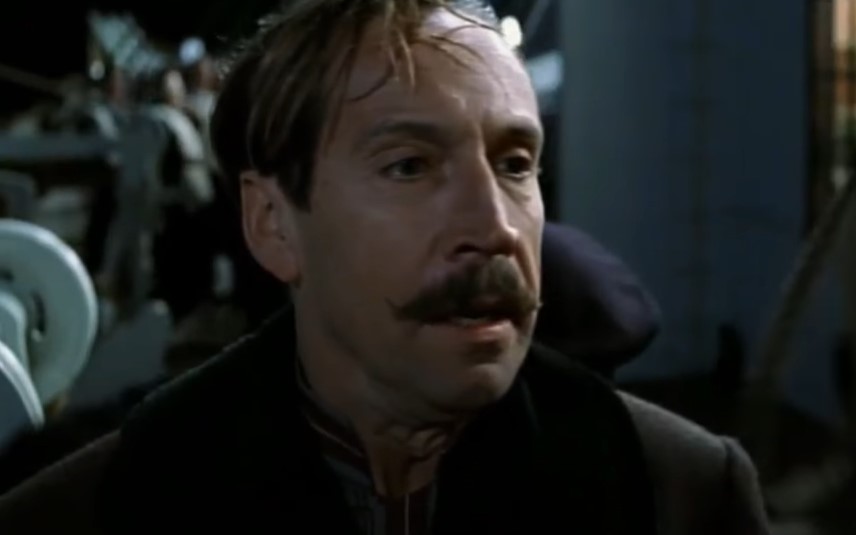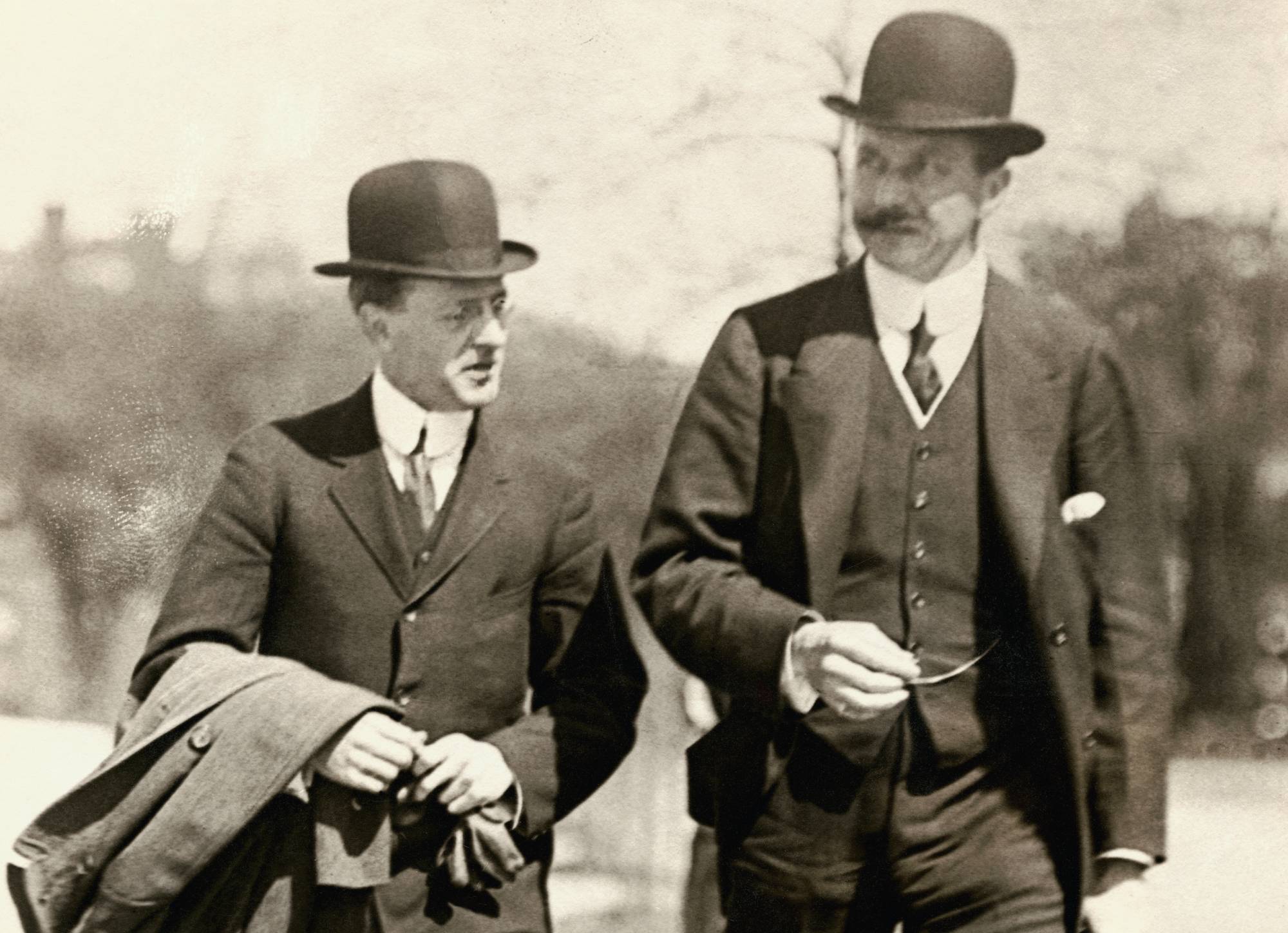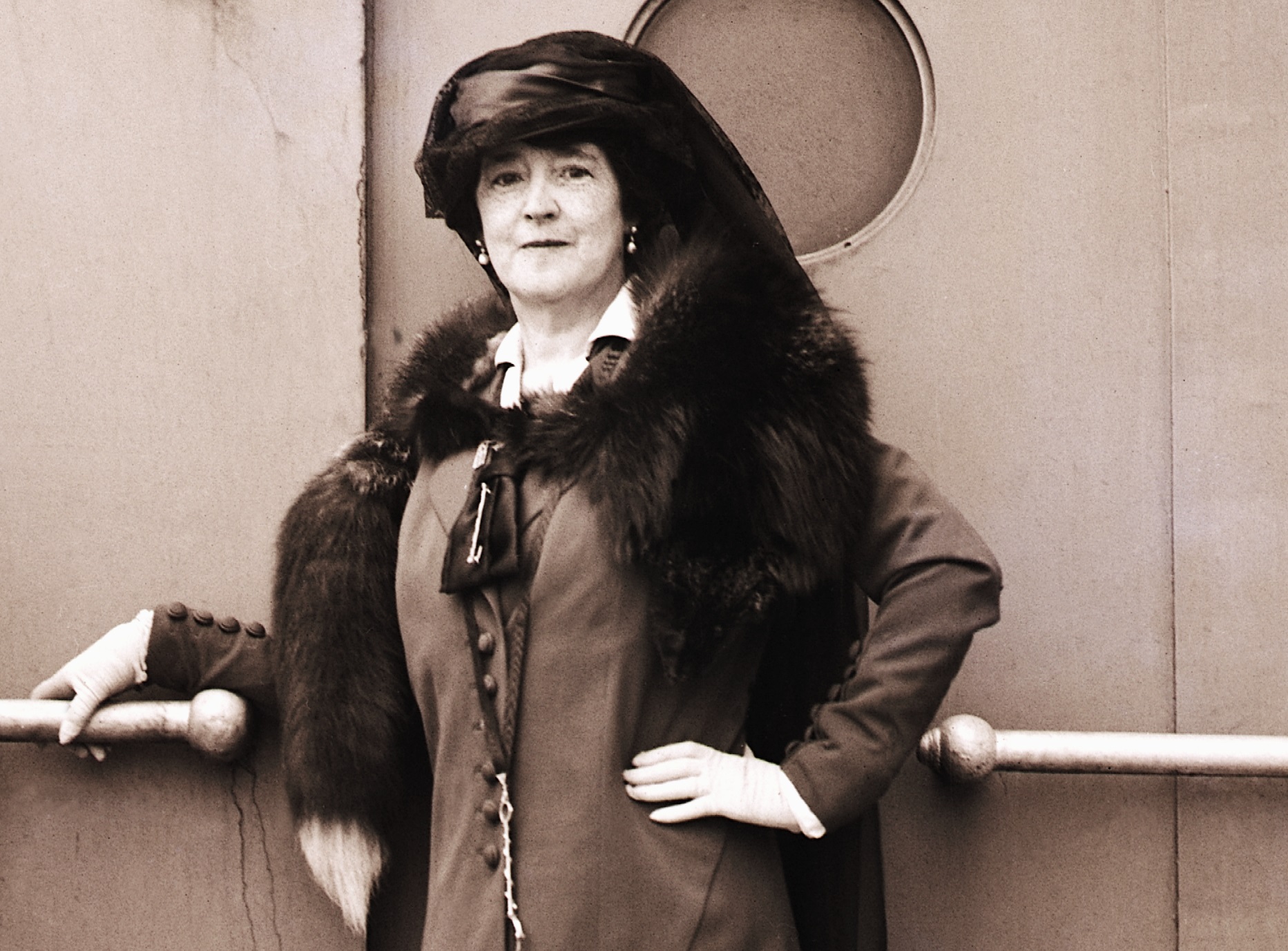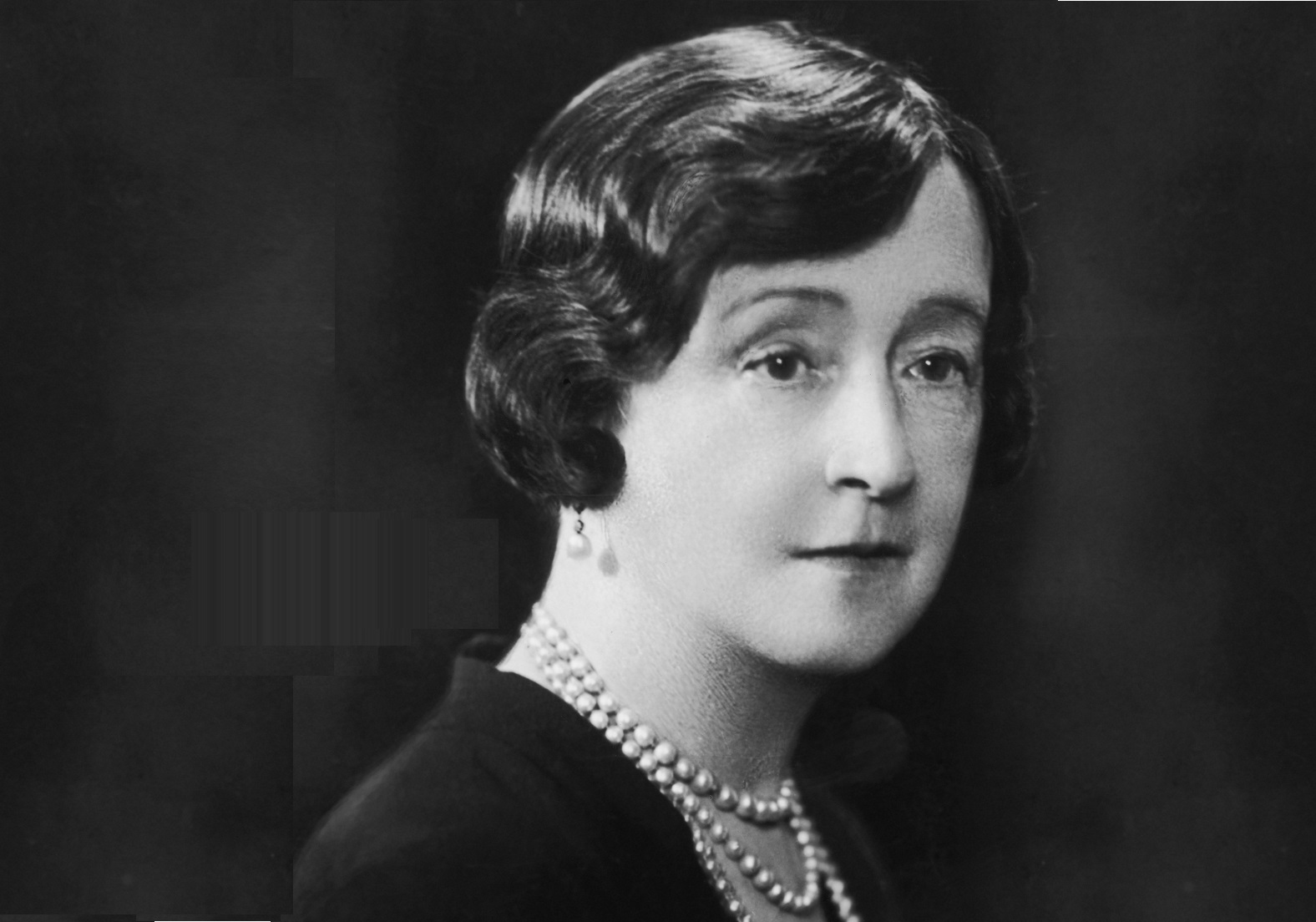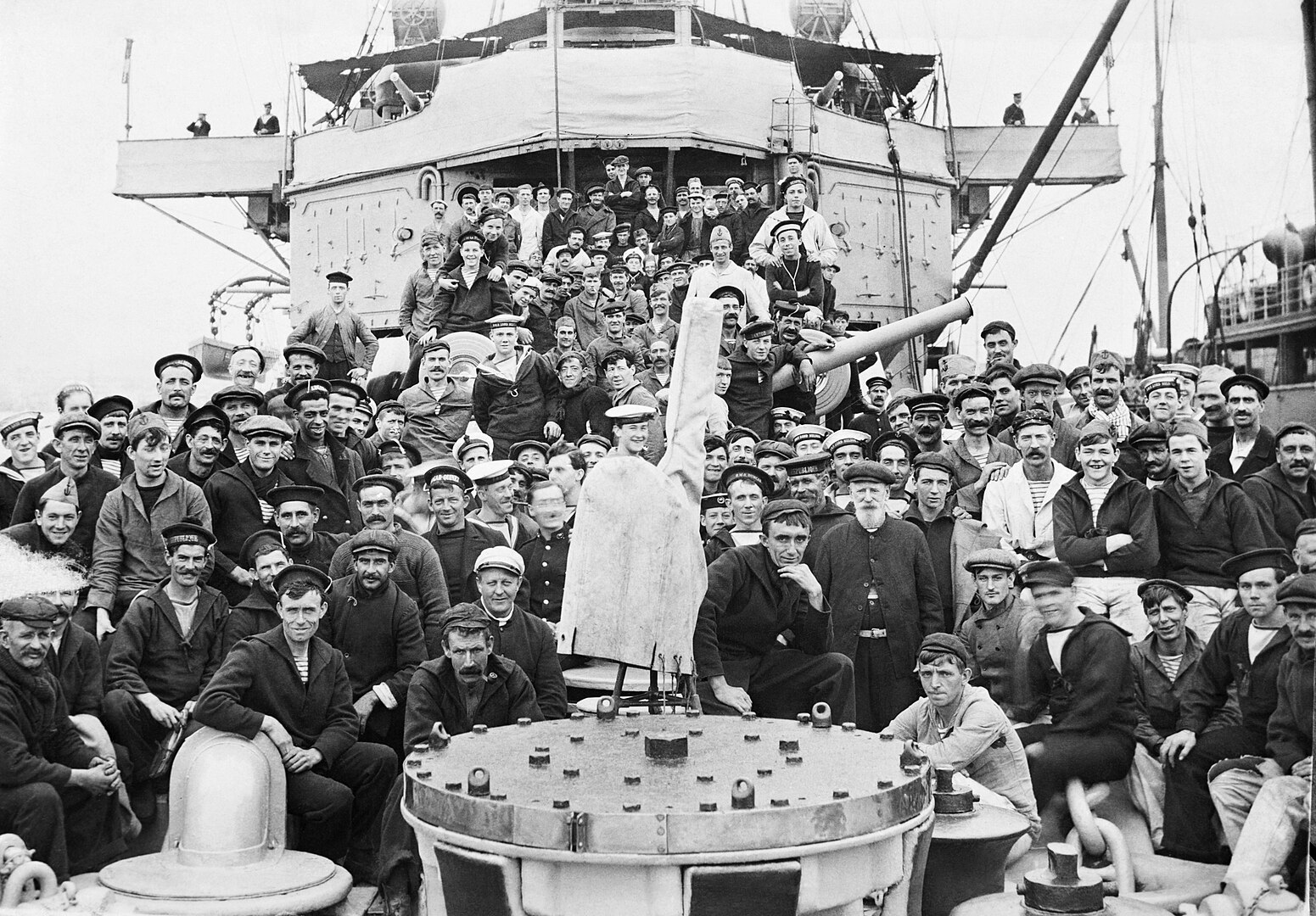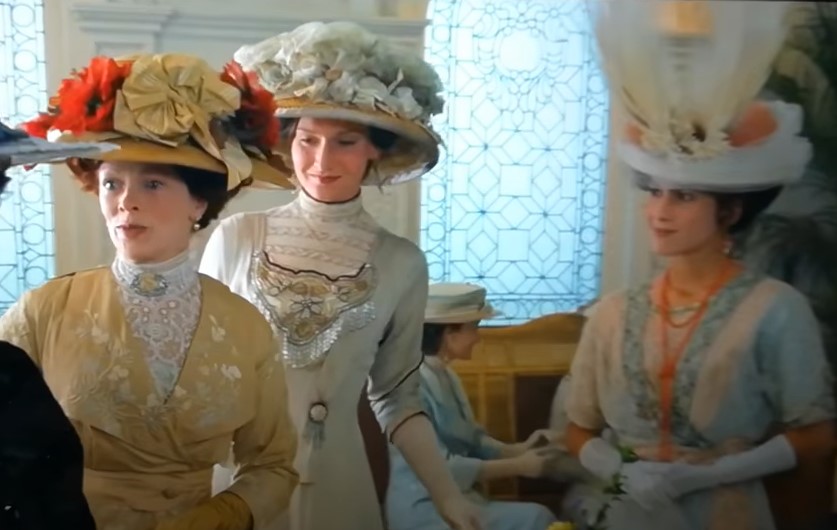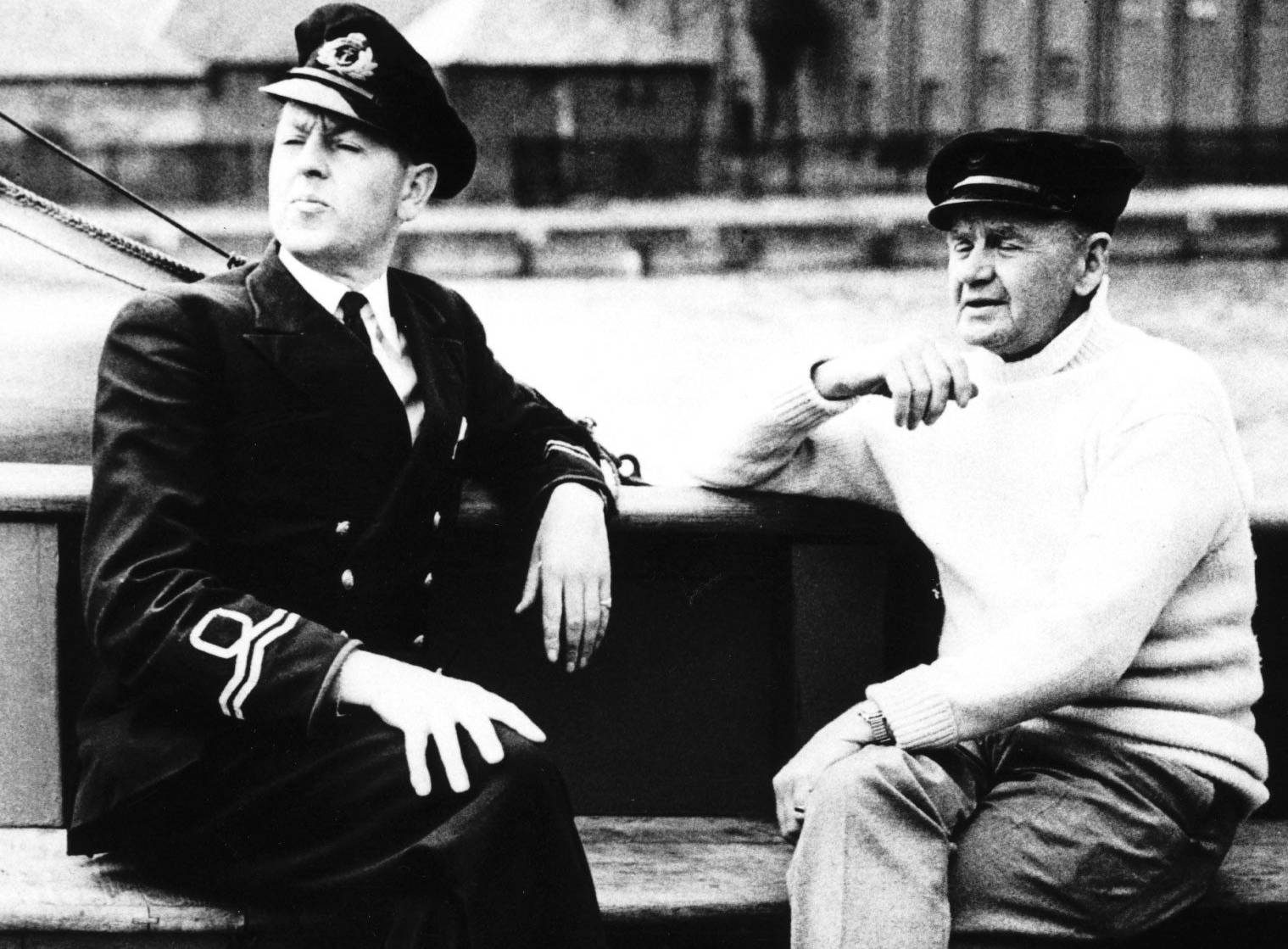Lucky To Be Alive
When the Titanic began sinking on April 14, 1912, a real-life nightmare began. Over 1,000 souls were lost, but the following 12 survivors lived to tell the truth about that night—and their stories are bone-chilling.
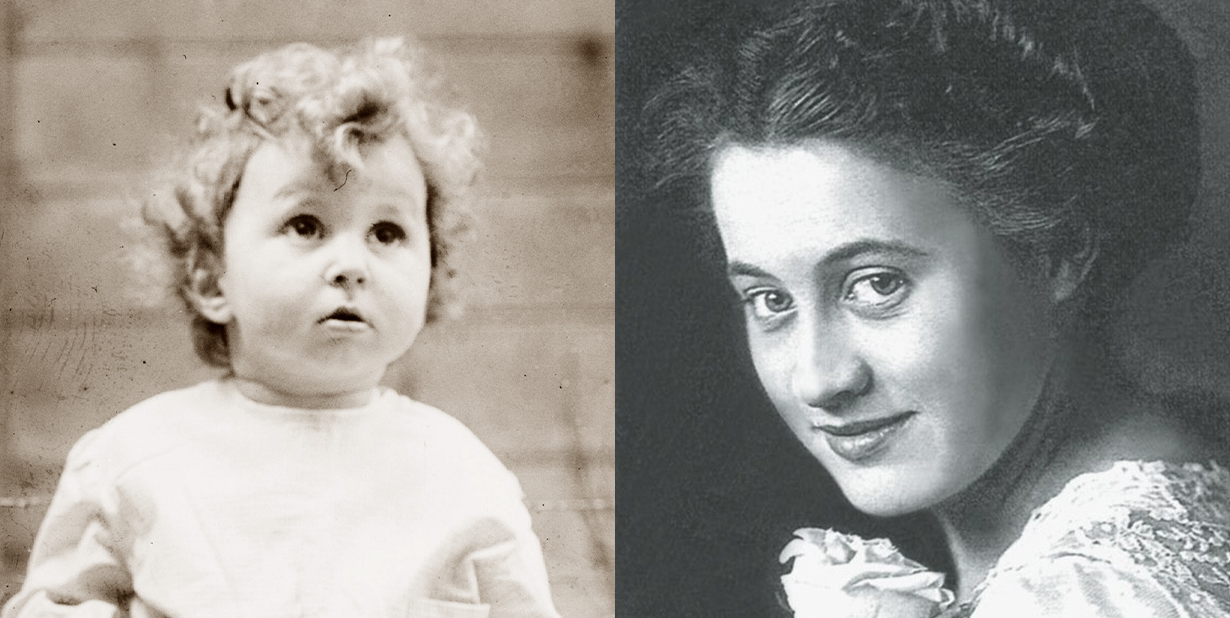
Eva Hart
Eva Hart was only seven years old when her family faced the horrors of the Titanic. She passed in 1996 at the age of 91, but during her lifetime, she gave several interviews that shed light on that fateful night.
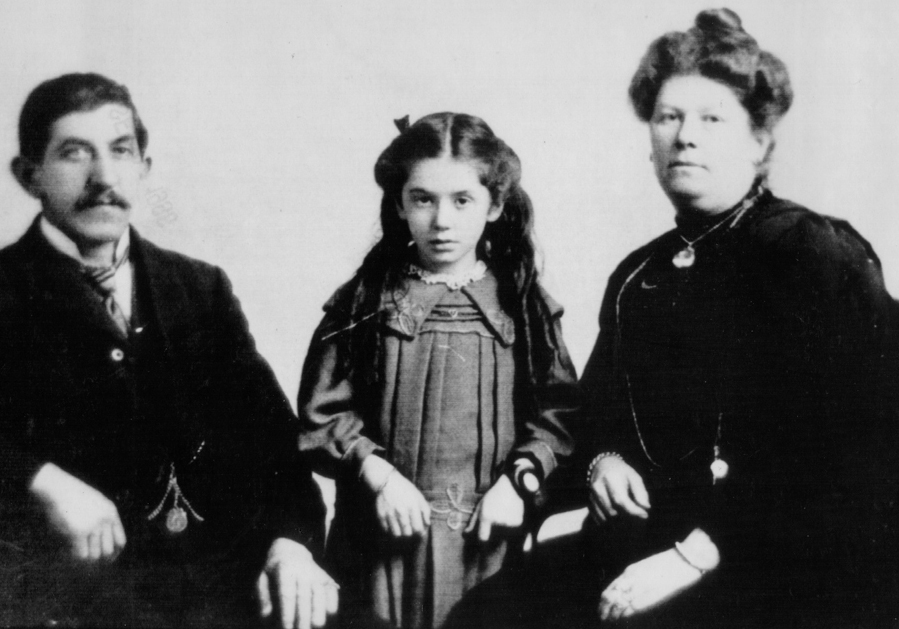 Eva/Esther Hart, Wikimedia Commons
Eva/Esther Hart, Wikimedia Commons
The Nightmare Begins
Hart recalled how the nightmare began. She said that her mother had asked her father to go investigate the situation, "literally pulling him out of bed". Whatever he saw spurred him to bring the rest of his family up on deck.
They Sprung Into Action
Speaking about her parents' decisions, Hart confessed, "If we hadn’t done that at that time, I very much doubt I’d be talking to you today…It was a question of who was there in time to get into the all too few lifeboats".
Her Father Couldn't Join Her
Her parents' quick action allowed Eva Hart and her mother to get a spot on one of the lifeboats, but her father wasn't so lucky: "then it dawned on me that he wasn't coming, that I wouldn't see him anymore". There just wasn't enough lifeboats for everyone.
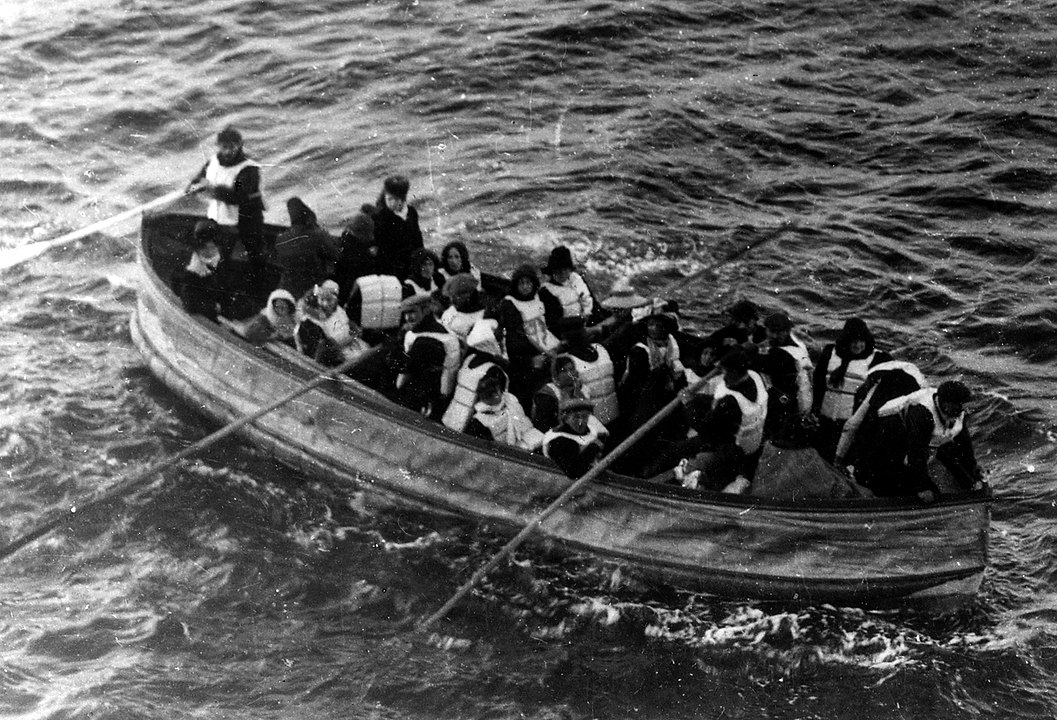 J.W. Barker, Wikimedia Commons
J.W. Barker, Wikimedia Commons
His Coat Held A Secret
Hart's father didn't make it—but before the lifeboat left, he gave her mother his coat. It had something hidden in its pocket. Earlier in the day, Hart's mother had written a letter using Titanic stationery. In fact, this letter was the only one known to be penned on the exact day of the tragedy.
Eva Hart herself signed it off, writing, "Heaps of love and kisses to all from Eva".
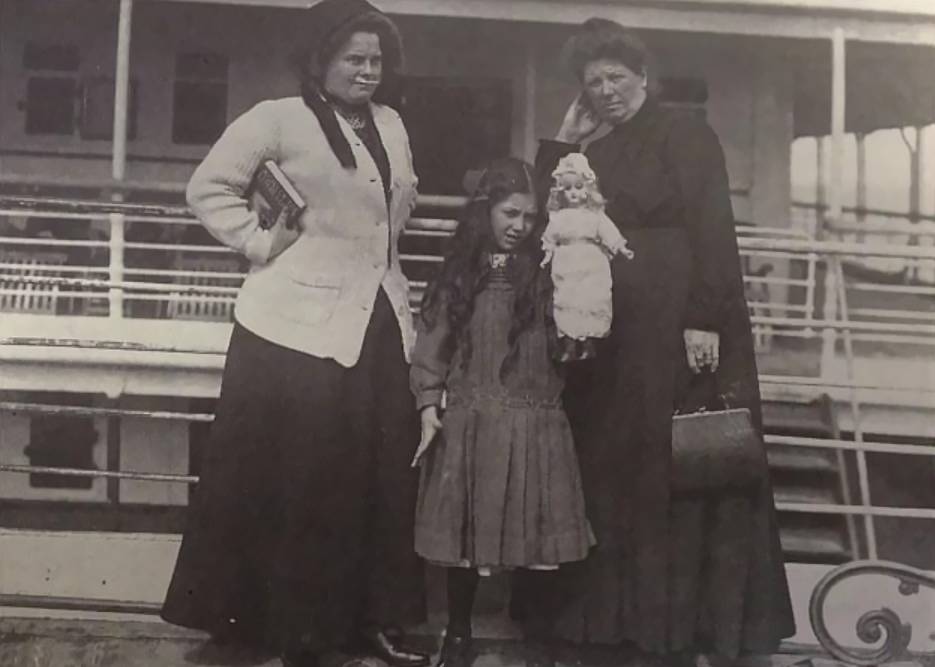 Eva/Esther Hart, Wikimedia Commons
Eva/Esther Hart, Wikimedia Commons
Dorothy Gibson
The silent film actress Dorothy Gibson survived the Titanic with her mother by getting seats on Lifeboat 7. The two were enjoying a pleasant vacation when it all went terribly wrong.
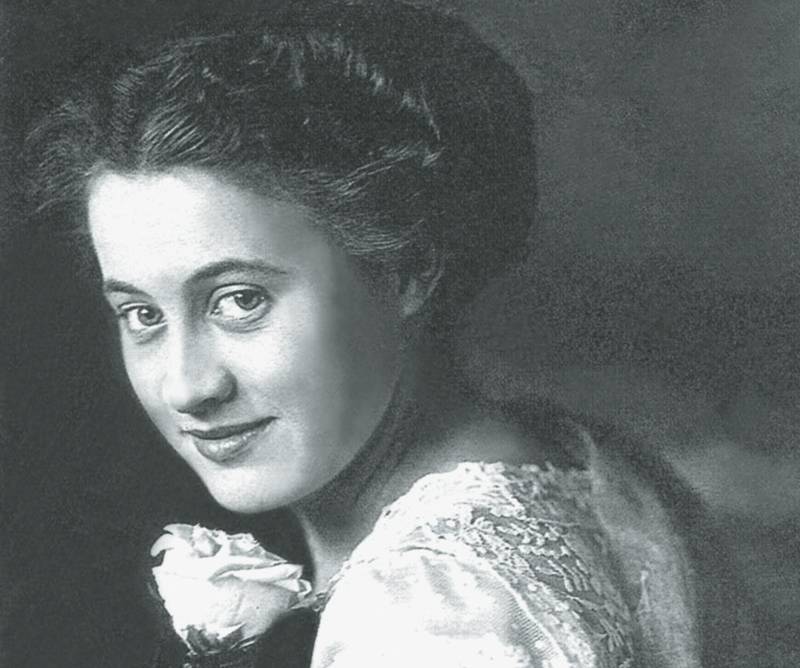 Randy Bryan Bigham Collection, Wikimedia Commons
Randy Bryan Bigham Collection, Wikimedia Commons
"Frightful Sounds"
In remembering the shocking moment when the ship truly went down, Gibson reportedly said, “suddenly there was a wild coming together of voices from the ship and we noticed an unusual commotion among the people about the railing. Then the awful thing happened, the thing that will remain in my memory until the day I die. No one can describe the frightful sounds".
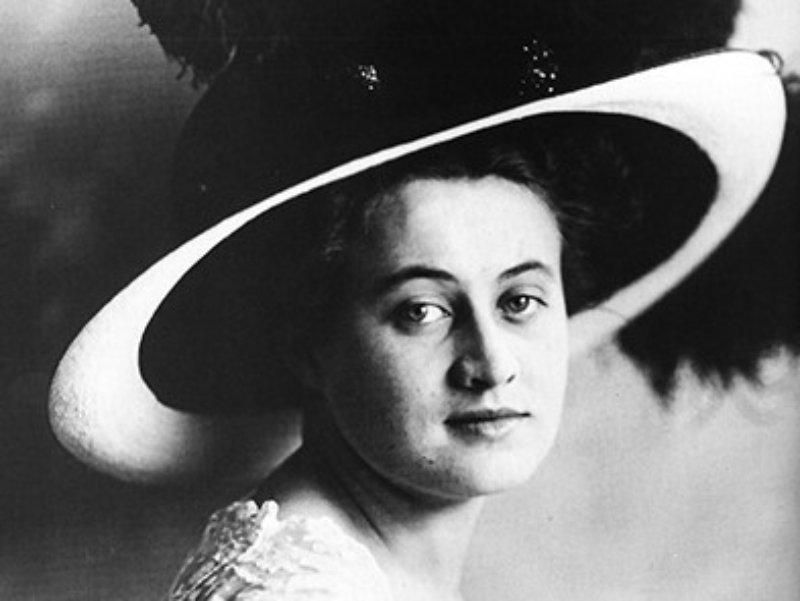 Unknown author, Wikimedia Commons
Unknown author, Wikimedia Commons
She Starred In The First Titanic Film
After making it out of that nightmare alive, Gibson helped bring the story of the Titanic to the screen. The very first film about the tragedy was Saved from the Titanic—and Gibson starred in it. However, there were for real-life horrors in store for her.
The Titanic Haunted Her
Dorothy Gibson just couldn't shake her memories of the Titanic. She eventually abandoned her acting career and began living in Europe. However, when WWII began, she did not escape unscathed.
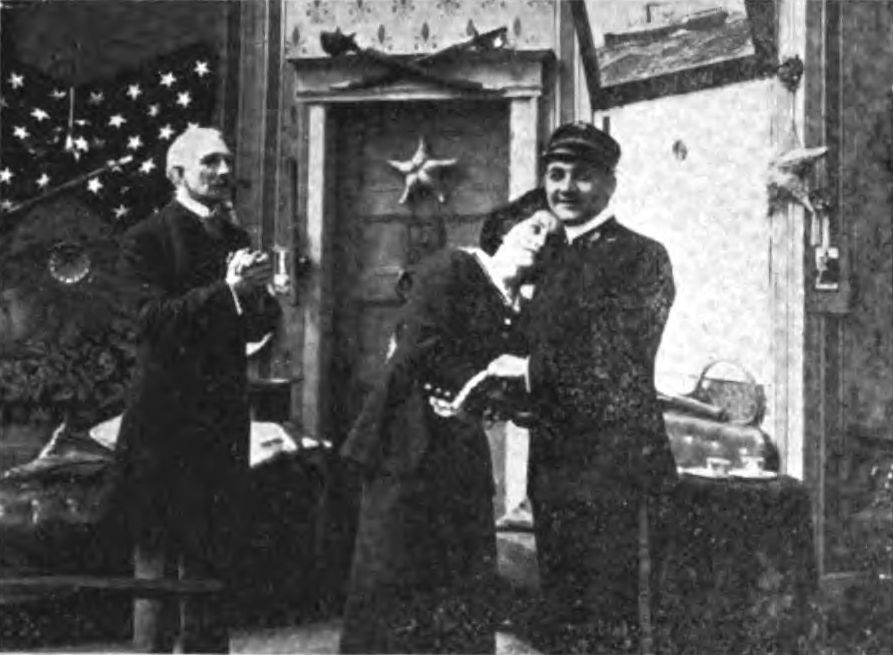 Éclair Film Company, Wikimedia Commons
Éclair Film Company, Wikimedia Commons
Tragedy Followed Her
During WWII, Gibson ended up in a concentration camp. Though she managed to survive, the end was already in sight. She passed in 1946 at the age of 56—likely from a heart attack.
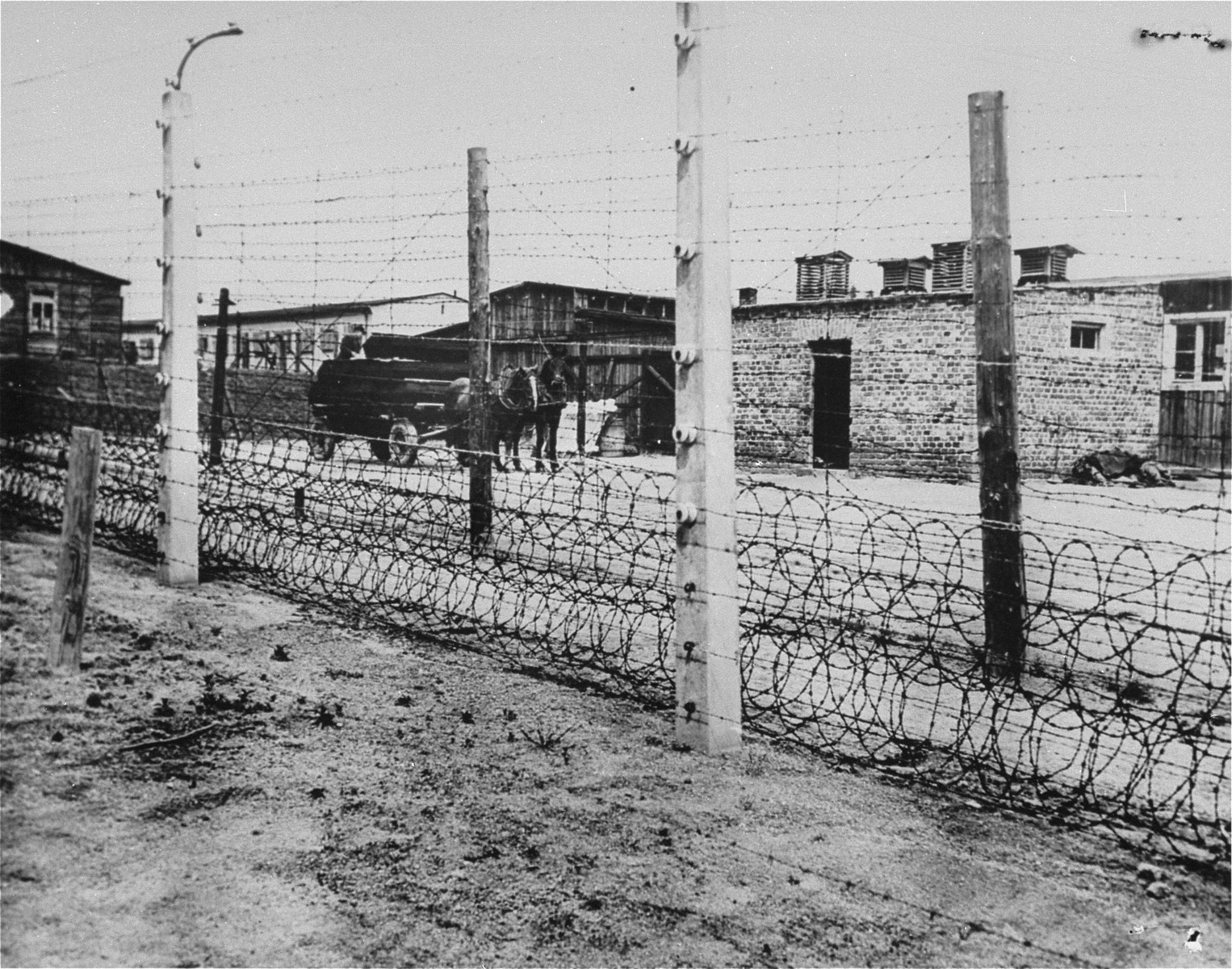 US Army Signal Corps, Wikimedia Commons
US Army Signal Corps, Wikimedia Commons
Michel And Edmond Navratil
Reportedly, Michel and Edmond Navratil were the only young surivors that weren't rescued alongside a guardian or parent. Michel was four, and Edmond was two.
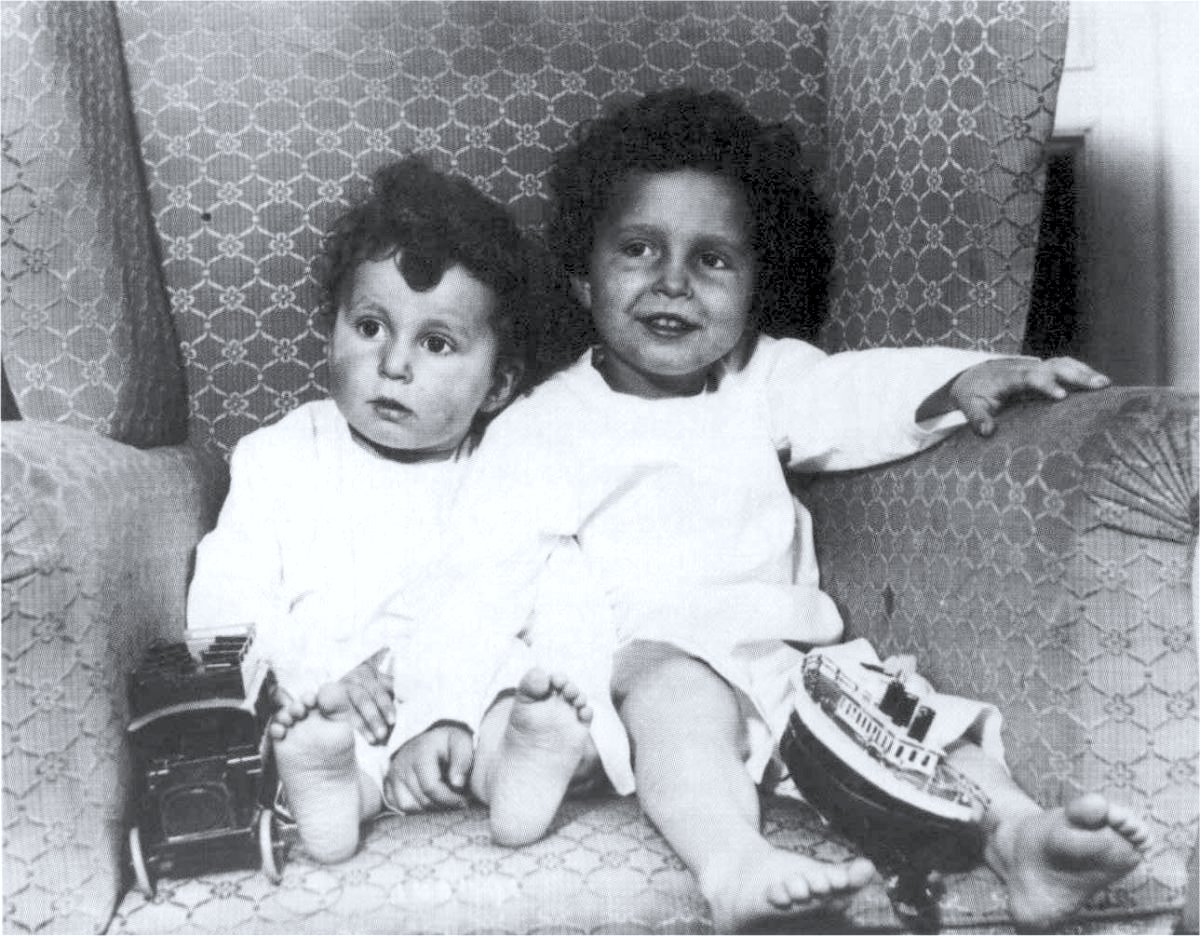 Underwood & Underwood, Wikimedia Commons
Underwood & Underwood, Wikimedia Commons
Their Father Took Them
You see, Michel and Edmond's father had taken his children and boarded the Titanic using a fake name. He and the boys' French mother had separated, and he wanted to bring them to America. But his plan went horribly wrong.
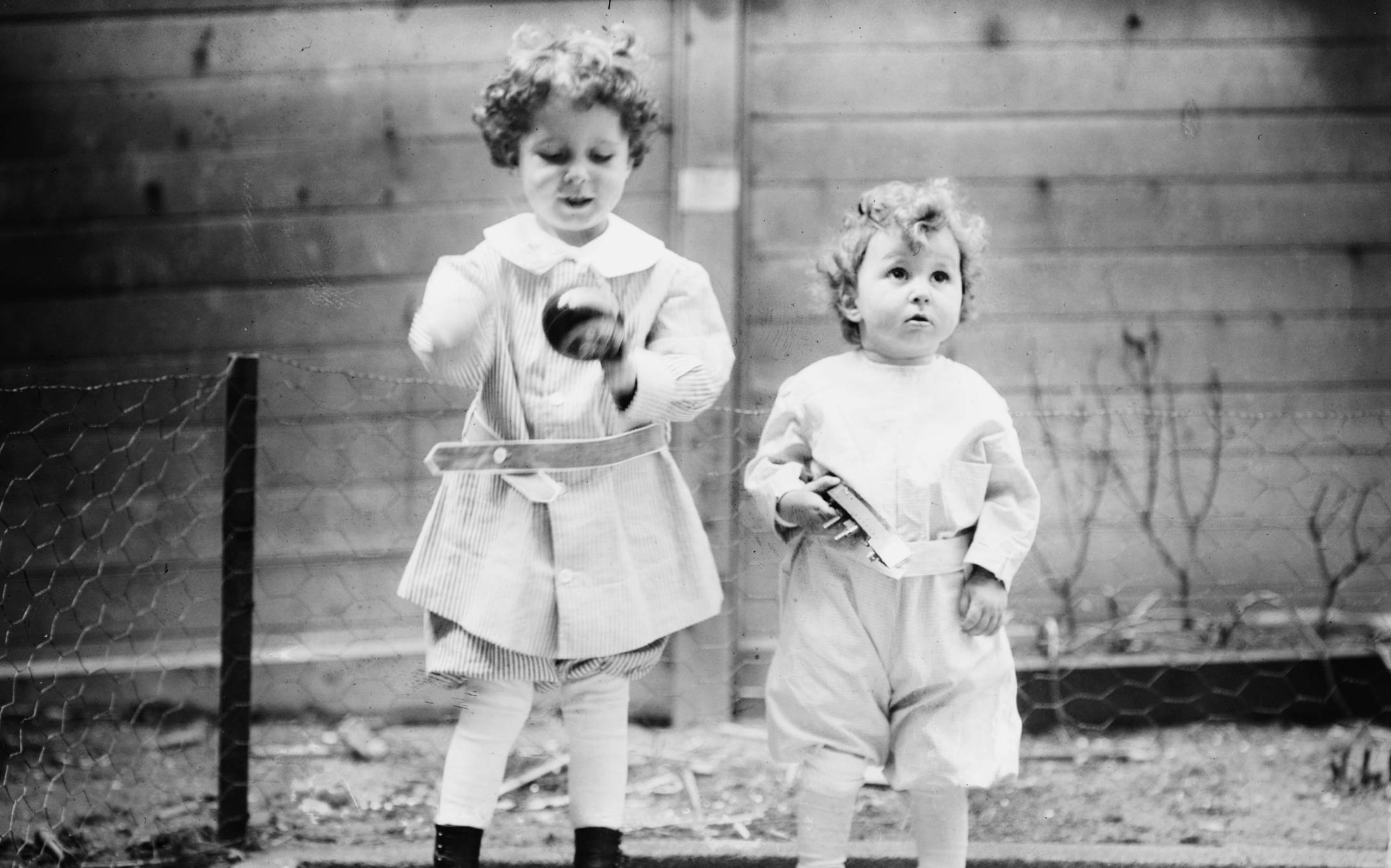 Unknown Author, Wikimedia Commons
Unknown Author, Wikimedia Commons
The Very Last Lifeboat
Michel and Edmond's father managed to save their lives by finding them a spot on the very last lifeboat, Collapsible D. He, however, had no choice but to perish with the sinking ship.
Recognized In The Papers
After Michel and Edmond reached safety, their picture showed up in the newspapers. Thankfully, their mother was able to identify them, traveling to America to reunite with her lost boys.
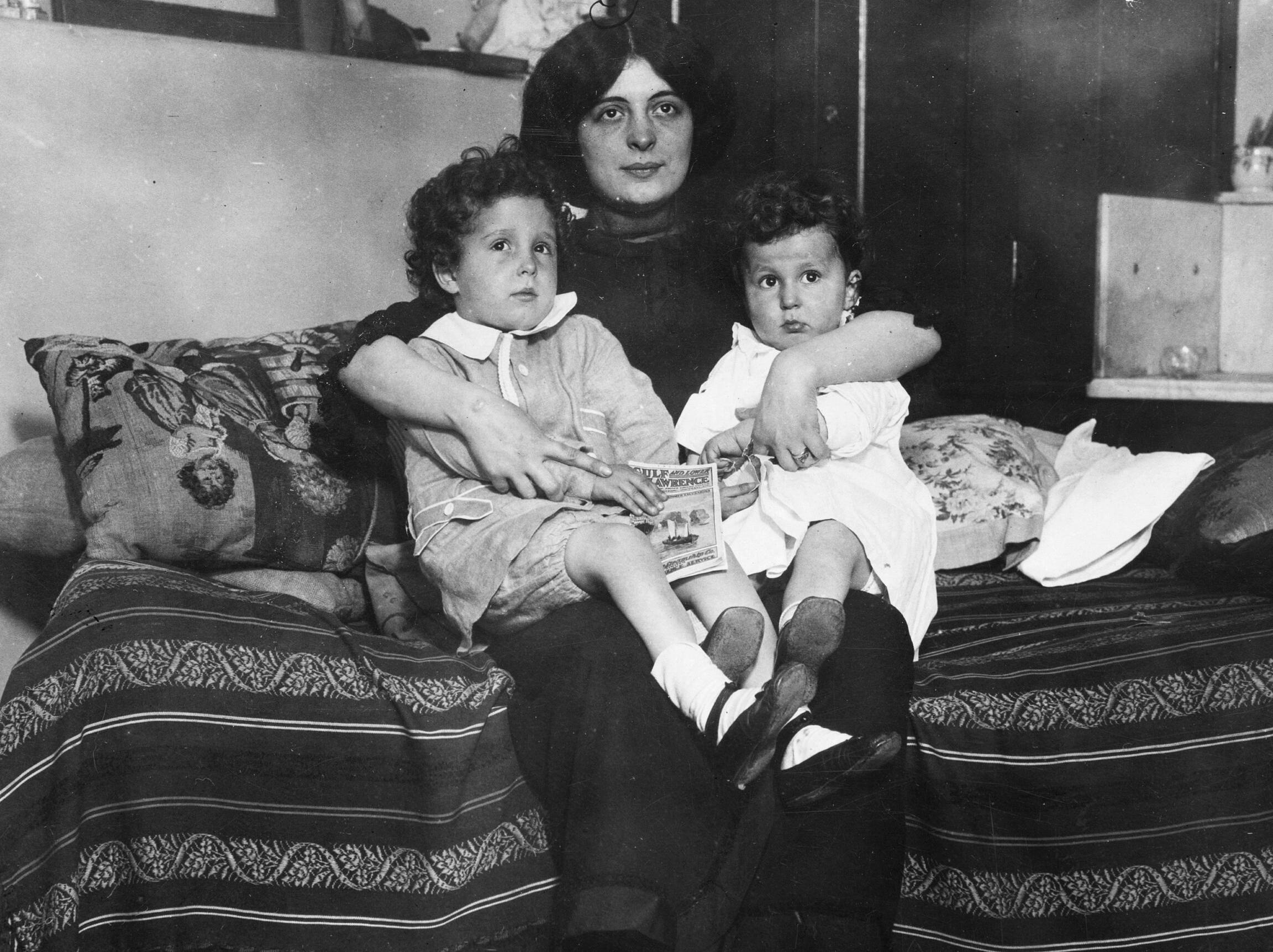 Iron County register, Wikimedia Commons
Iron County register, Wikimedia Commons
The Last One Alive
Though Edmond passed quite early in 1953, Michel lived to the age of 92, passing in 2001. He was the Titanic's final male survivor left standing.
He Never Forgot It
In speaking about the loss of his father, Michel reportedly stated, "He dressed me very warmly and took me in his arms. A stranger did the same for my brother. When I think of it now, I am very moved. They knew they were going to die. I died at 4".
He also said, "Since then I have been a fare-dodger of life. A gleaner of time.”
The Unsinkable Molly Brown
Of all the Titanic survivors, the socialite Margaret Brown might be the most famous. Now known as "the Unsinkable Molly Brown," her unbelievable story has gone down in history.
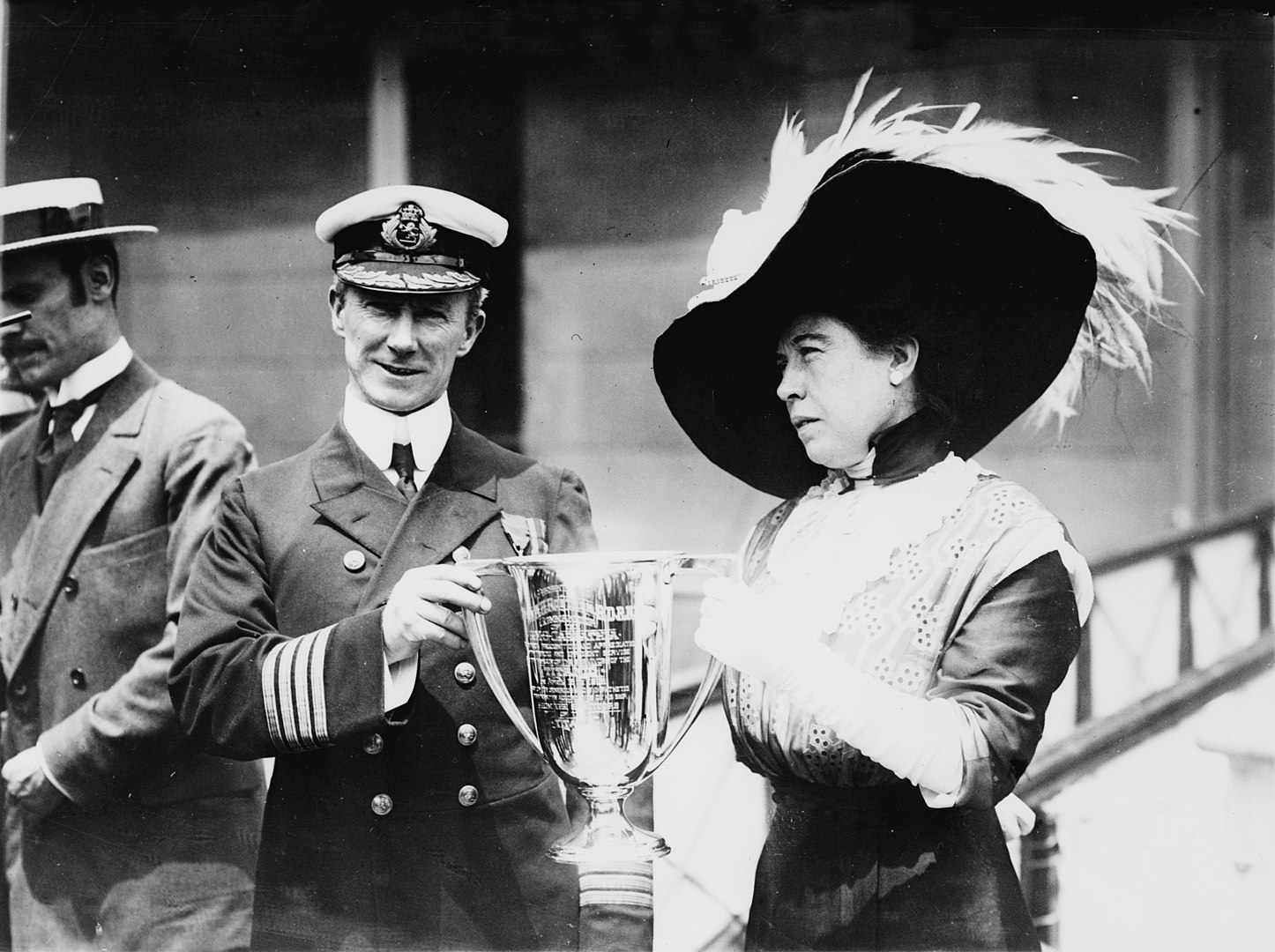 Bain News Service, Wikimedia Commons
Bain News Service, Wikimedia Commons
She Wanted To Go Back
On the night the Titanic sank, Brown helped with the evacuation. She managed to get a seat on Lifeboat 6, but later tried to encourage the boat's crewman to return to the wreck for more survivors. Sadly, they denied her desperate request.
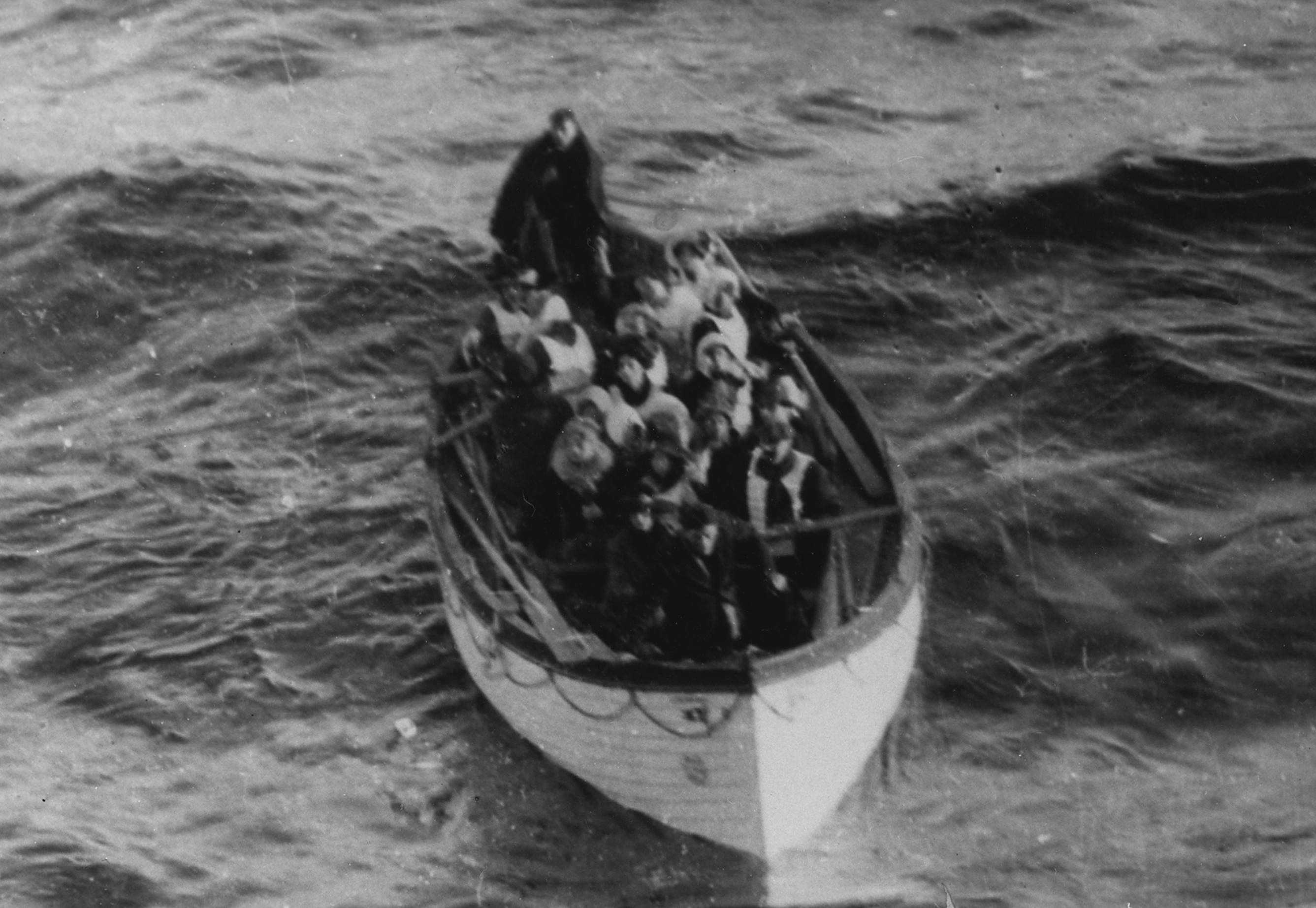 National Archives and Records Administration, Wikimedia Commons
National Archives and Records Administration, Wikimedia Commons
She Took Charge
After finding refuge on the Carpathia, Brown continued to lend a hand. She distributed blankets and food—going on to raise money for the many victims, and even starting a Survivor's Committee.
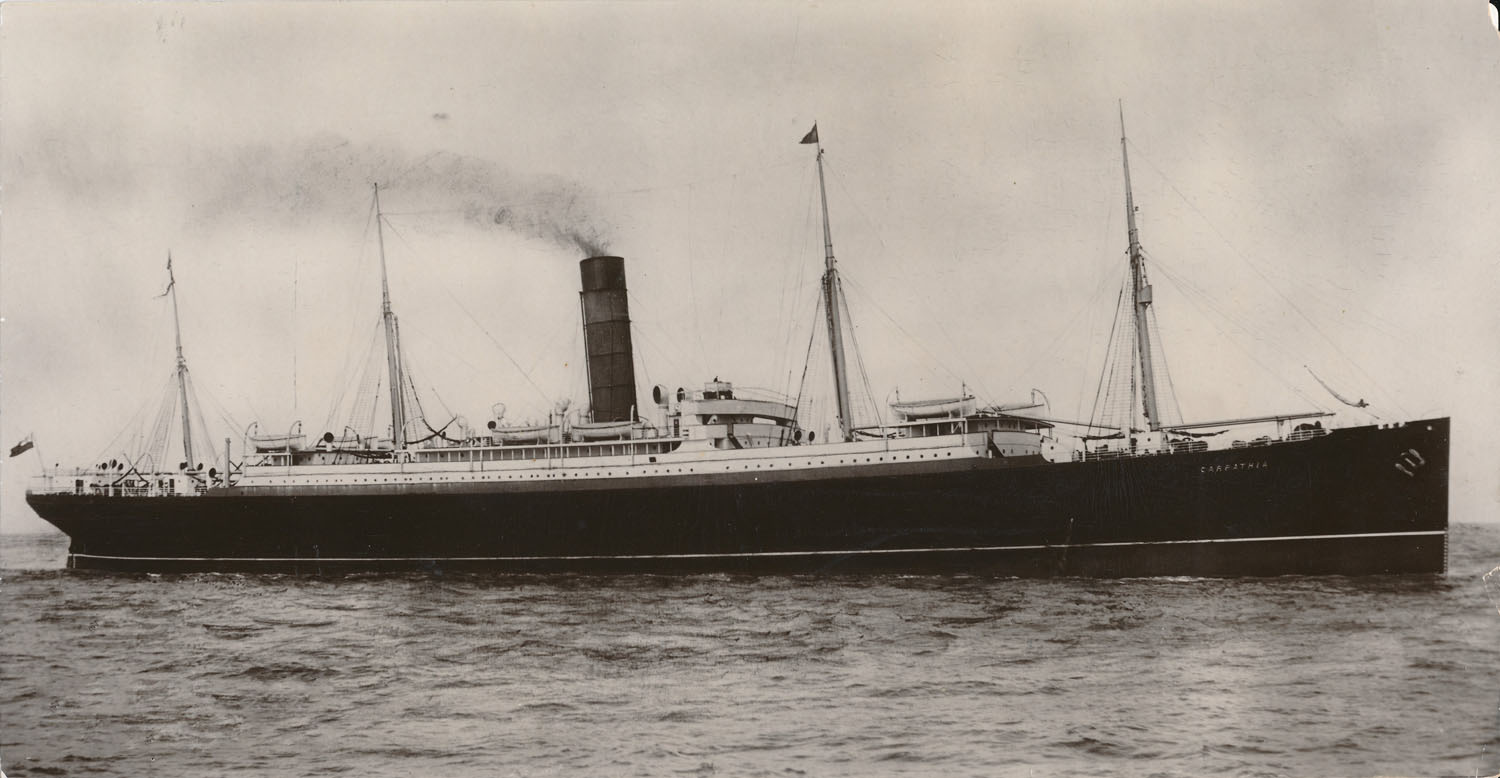 Unknown author, Wikimedia Commons
Unknown author, Wikimedia Commons
The Heroine Of The Titanic
In a letter to her daughter, Margaret Brown wrote: "After being brined, salted, and pickled in mid-ocean I am now high and dry. I have had flowers, letters, telegrams, people until I am befuddled. They are petitioning Congress to give me a medal….If I must call a specialist to examine my head it is due to the title of Heroine of the Titanic.”
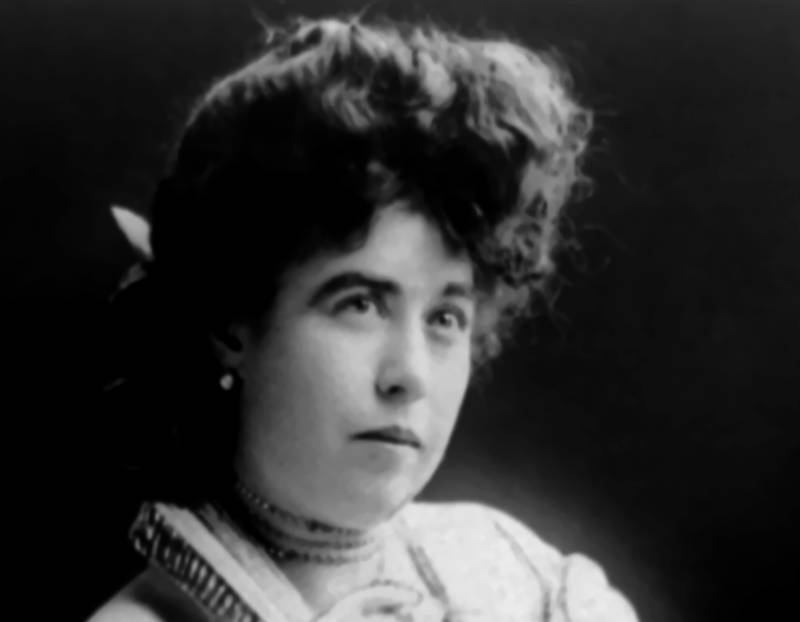 Bain News Service, Wikimedia Commons
Bain News Service, Wikimedia Commons
She Wanted To Make A Change
Margaret Brown's selfless actions cemented her name in history—but her call to action didn't end with the tragedy of the Titanic. She also threw her support behind workers' rights and women's suffrage. Brown even ran for Congress.
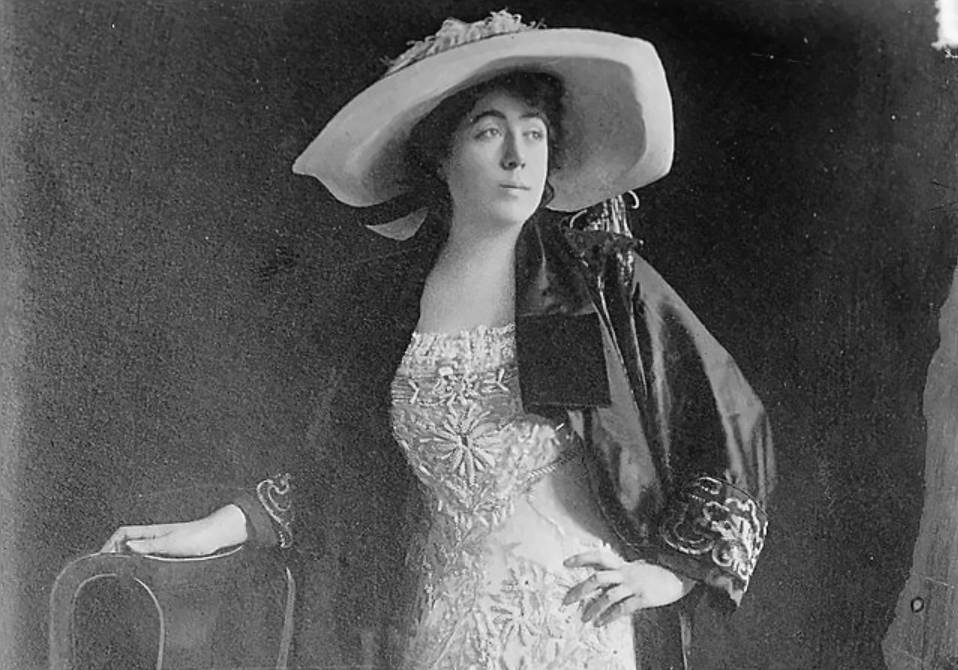 Bain News Service, Wikimedia Commons
Bain News Service, Wikimedia Commons
Madeleine Astor
Scandal followed Madeleine Astor when she boarded the Titanic—and unfortunately, the whispers followed her even after its sinking. Astor was only 18 at the time and had only recently wed John Jacob "JJ" Astor—a 47-year-old divorcé.
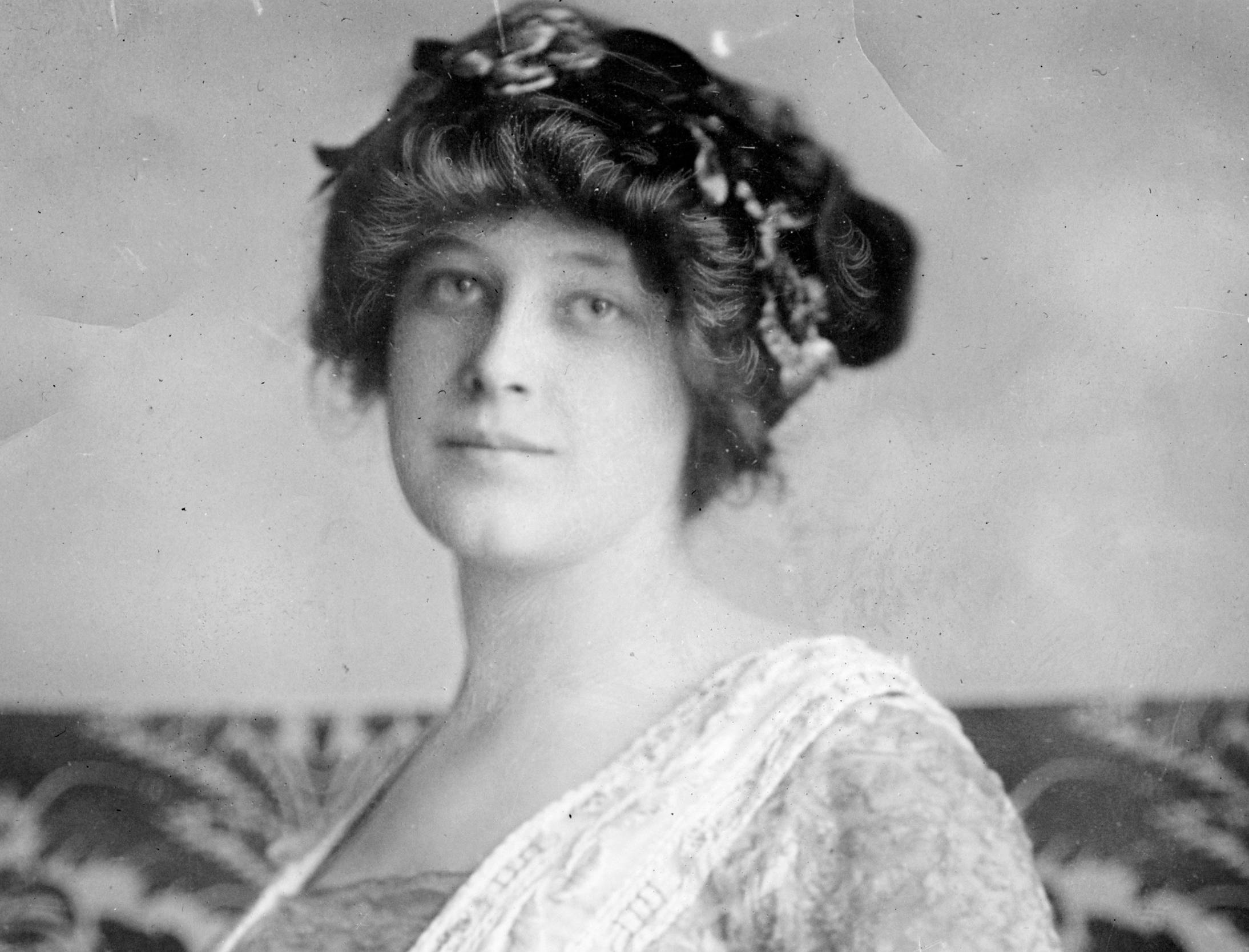 Unknown Author, Wikimedia Commons
Unknown Author, Wikimedia Commons
She Lost Her New Husband
Madeleine Astor became pregnant during her honeymoon with JJ Astor. But on their journey home, disaster struck their ship. The Titanic sank, and tragically JJ Astor perished with it.
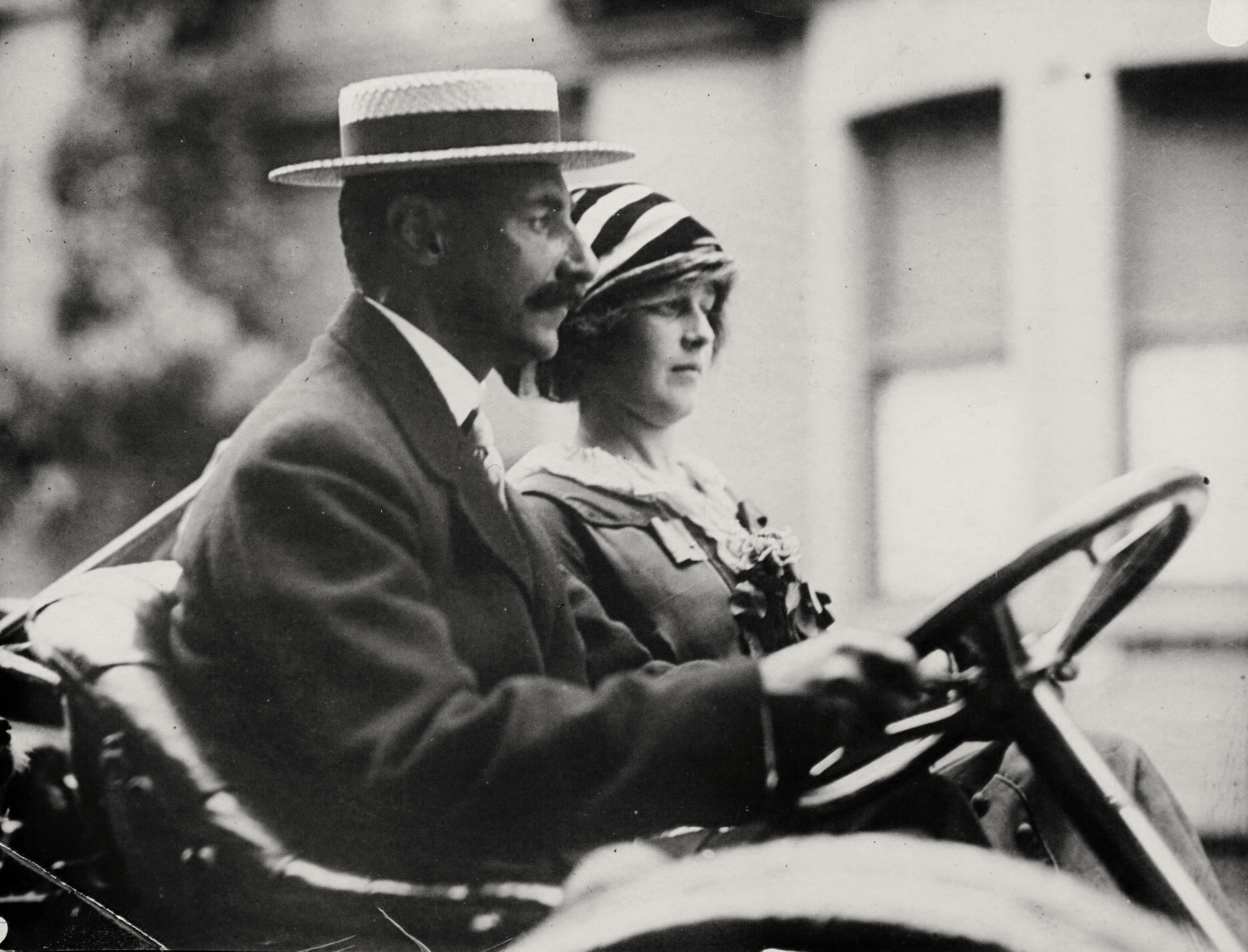 Unknown Author, Wikimedia Commons
Unknown Author, Wikimedia Commons
Losing Time
One newspaper described Madeleine Astor's chaotic final moments on the Titanic: “She recalled, she thought, that in the confusion, as she was about to be put into one of the boats, Colonel Astor was standing by her side. After that…she had no very clear recollection of the happenings until the boats were well clear of the sinking steamer.”
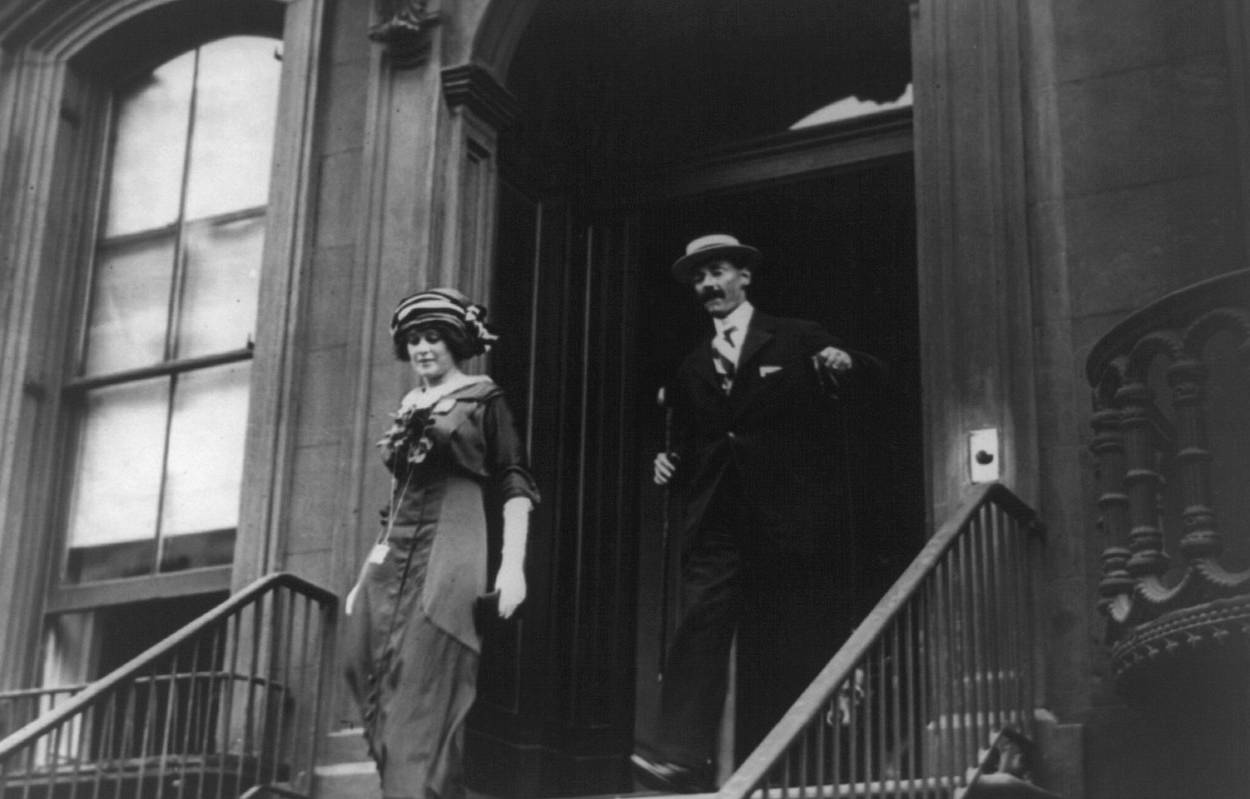 Library of Congress, Wikimedia Commons
Library of Congress, Wikimedia Commons
She Kept Her Lips Sealed
Though Madeleine Astor survived and later delivered her baby, her sad story roused the attention of the public, which she didn't enjoy. In contrast, she barely uttered a word about the Titanic, and the harrowing experience seemed to cast a shadow over the rest of her days. She only lived to the age of 46.
 Unknown Author, Wikimedia Commons
Unknown Author, Wikimedia Commons
J. Bruce Ismay
As the owner of the Titanic, J. Bruce Ismay survived the tragedy only to have his reputation scarred forever. The press made him out to be spineless, while even the 1997 film portrayed him as an antagonist.
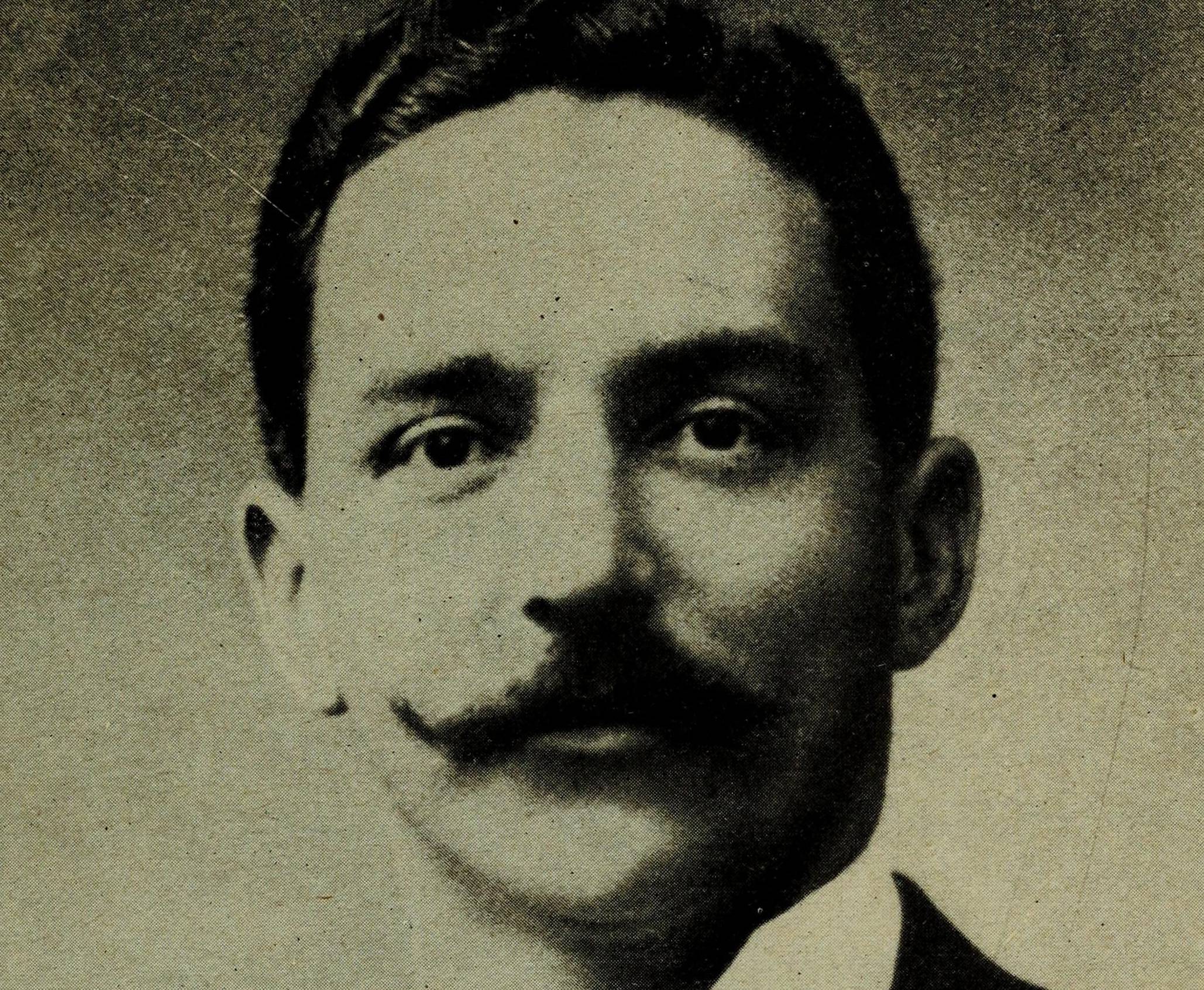 Internet Archive Book Images, Wikimedia Commons
Internet Archive Book Images, Wikimedia Commons
The Media Made Him Into A Monster
Ismay's great grandson Malcolm Cheape explained, "There were a lot of lies in the American press about him escaping on the first lifeboat and dressing up as a woman and things like that, which must have deeply hurt him". After all, Ismay had a different story to tell.
He Claimed Innocence
According to Ismay, he only escaped on a lifeboat after helping everyone around him. Apparently, at the time he took his seat, there were no women or children in the vicinity.
He Was A "Shattered" Man
After his famous ship sank, Ismay was never really the same and refrained from talking about the whole sad affair, and it is said to have "shattered his life". He passed at the age of 74 in 1937.
Lady Lucy Duff-Gordon
Lady Lucy Duff-Gordon has a vexing story. With her elite status, the fashion designer and her husband Cosmo managed to escape on Lifeboat 1. But there were some shady rumors that clung to them.
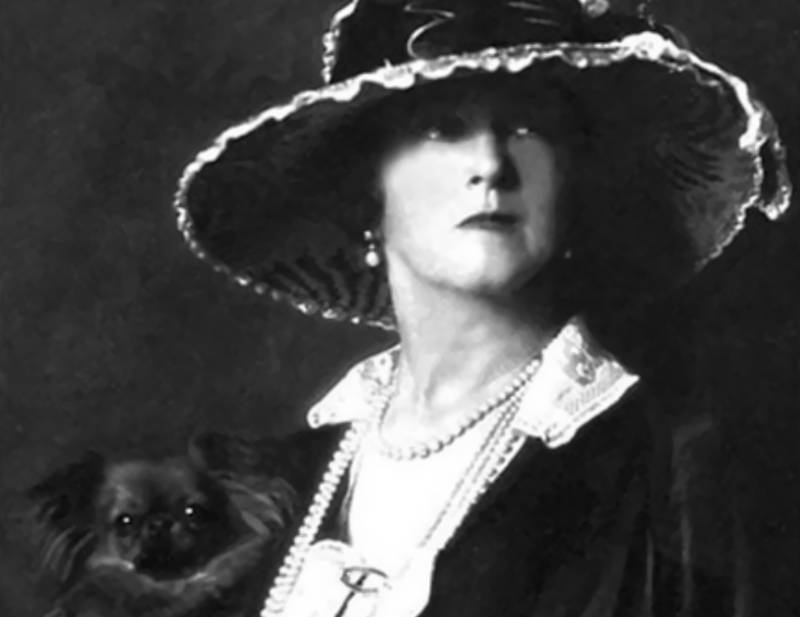 Arnold Genthe, Wikimedia Commons
Arnold Genthe, Wikimedia Commons
Her Lifeboat Was Not At Capacity
Reportedly, Duff-Gordon's lifeboat hit the water with only 12 surivors on board, which is devastating considering it had a capacity of 40. But that wasn't all. Apparently, her husband also urged the crewman steering the lifeboat to not go back and rescue anyone else.
The Press Targeted Her
In the wake of the sinking, Duff-Gordon and her husband became targets for the press. She even wrote to her friend, complaining, “According to the way we’ve been treated by England on our return we didn’t seem to have done the right thing in being saved at all!!!! Isn’t it disgraceful".
She Dodged Another Disaster
Coincidentally, Lady Duff-Gordon almost boarded another ship destined for disaster, the Lusitania. Luckily for her, she fell ill, and was not on the doomed ship when the Germans decided to torpedoe it.
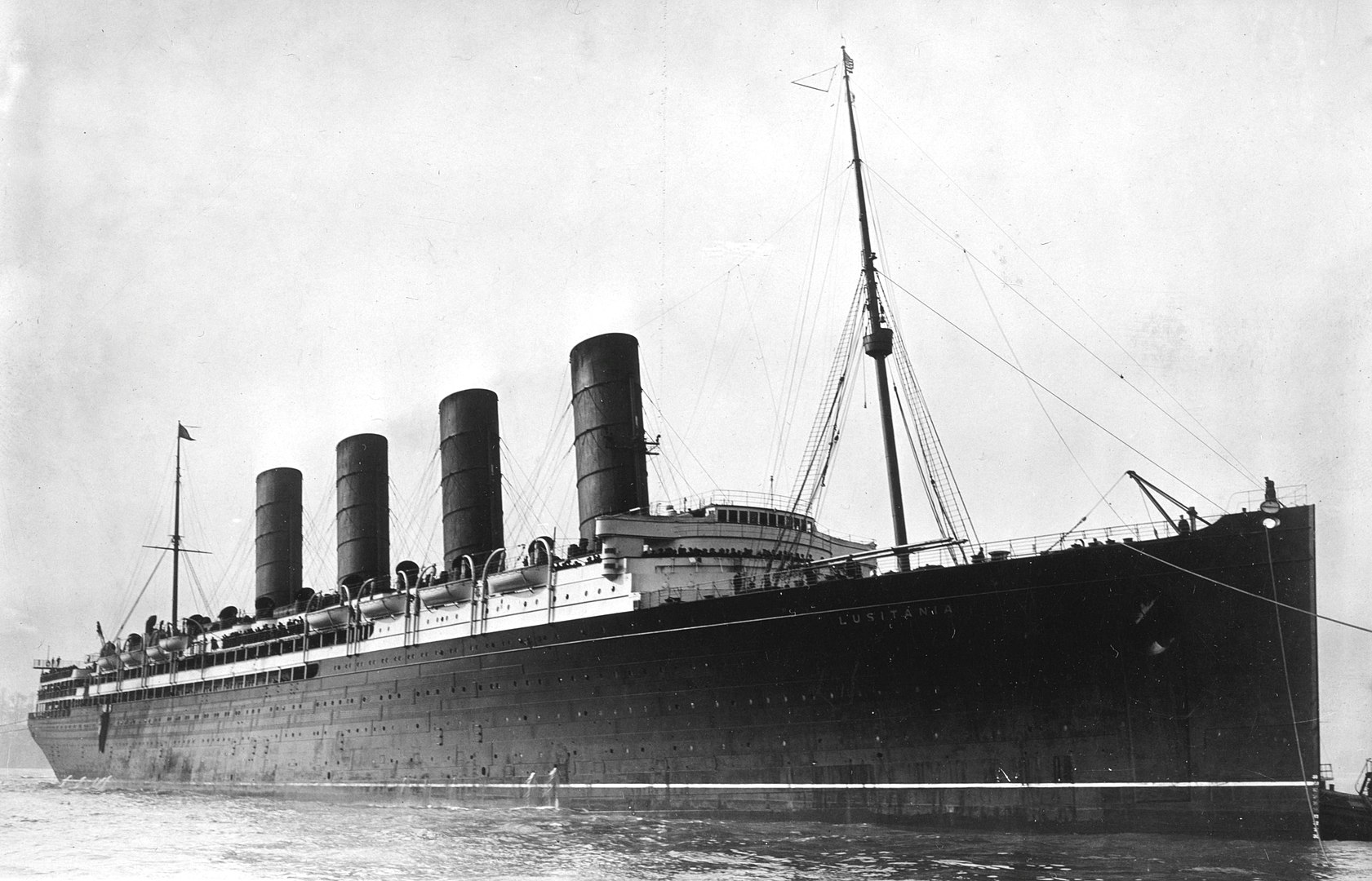 George Grantham Bain, Wikimedia Commons
George Grantham Bain, Wikimedia Commons
Violet Jessop
Violet Jessop was no stranger to dangerous ship rides. Even before boarding the Titanic, she'd experienced a maritime nightmare when the Olympic crashed into another ship in 1911. Thankfully, it managed to pull into port.
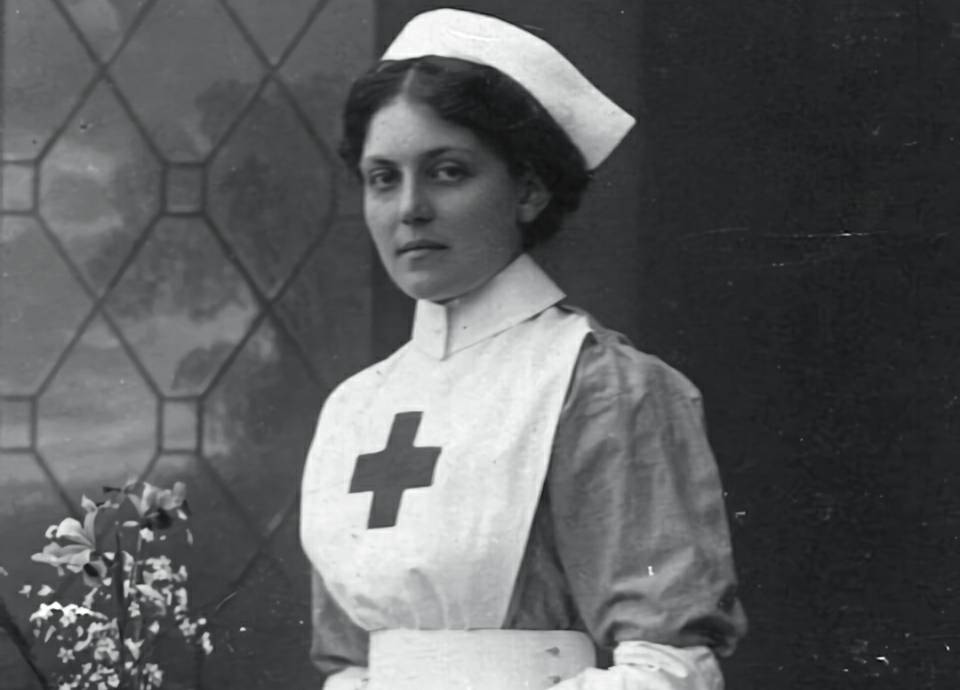 Unknown Author, Wikimedia Commons
Unknown Author, Wikimedia Commons
Aboard Lifeboat 16
During the sinking of the Titanic, Jessop found salvation on Lifeboat 16. In her memoir, she related, "I was ordered up on deck. Calmly, passengers strolled about. I stood at the bulkhead with the other stewardesses, watching the women cling to their husbands before being put into the boats with their children. Sometime after, a ship’s officer ordered us into the boat first to show some women it was safe".
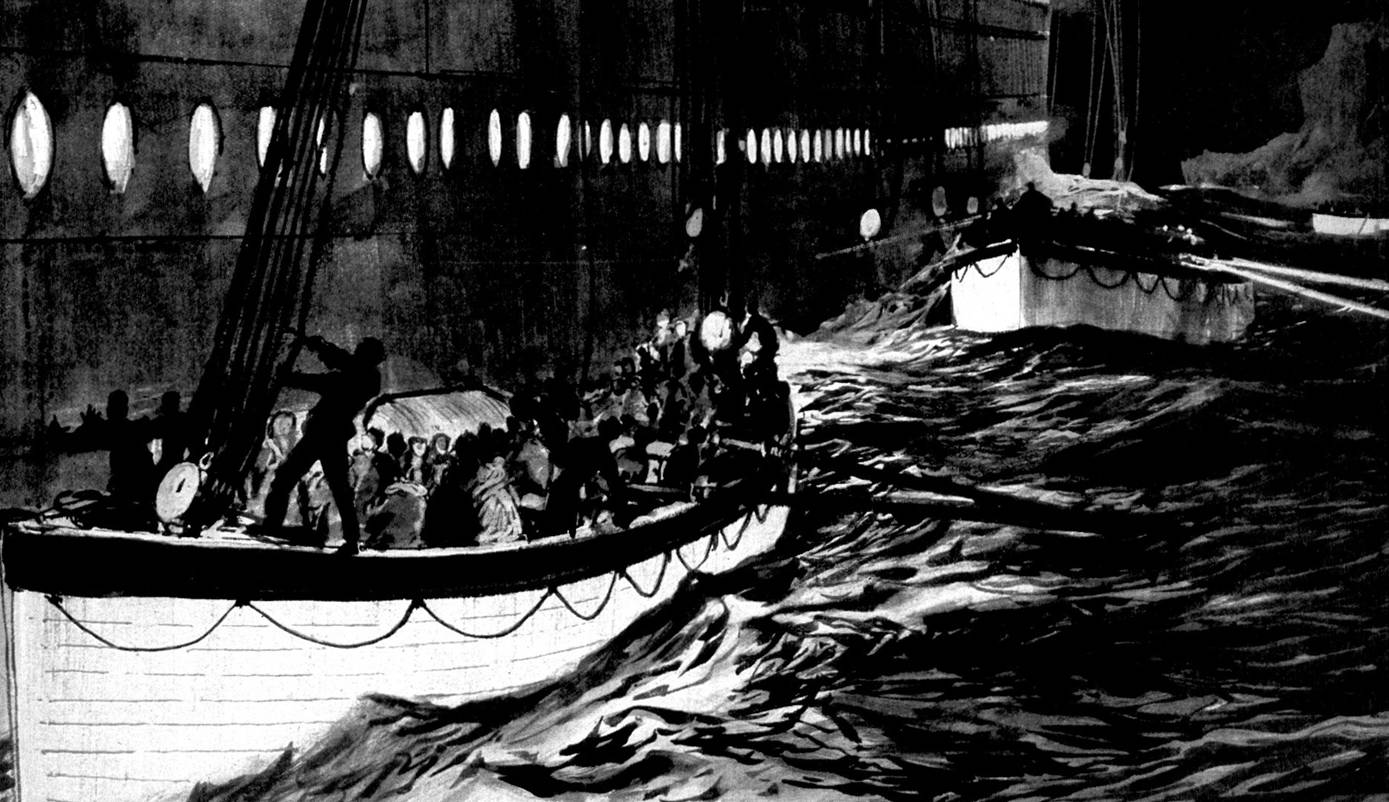 Charles Dixon, Wikimedia Commons
Charles Dixon, Wikimedia Commons
She Survived Another Sinking Ship
One might think that such terrifying experiences would make Violet Jessop wary of the water. Not so. In 1916, Jessop boarded the Britannic, working as a nurse. Tragically, it collided with a German mine.
 Zm05gamer, CC BY-SA 4.0, Wikimedia Commons
Zm05gamer, CC BY-SA 4.0, Wikimedia Commons
Tragedy After Tragedy
The sinking of the Britannic may not have had the same breadth of the Titanic, but 30 people did perish. Over 1,000 survived, including Jessop. But she did suffer some consequences.
She Fractured Her Skull
Remembering the sinking of the Brtiannic, Jessop stated, "I leapt into the water but was sucked under the ship’s keel which struck my head. I escaped, but years later when I went to my doctor because of a lot of headaches, he discovered I had once sustained a fracture of the skull!”
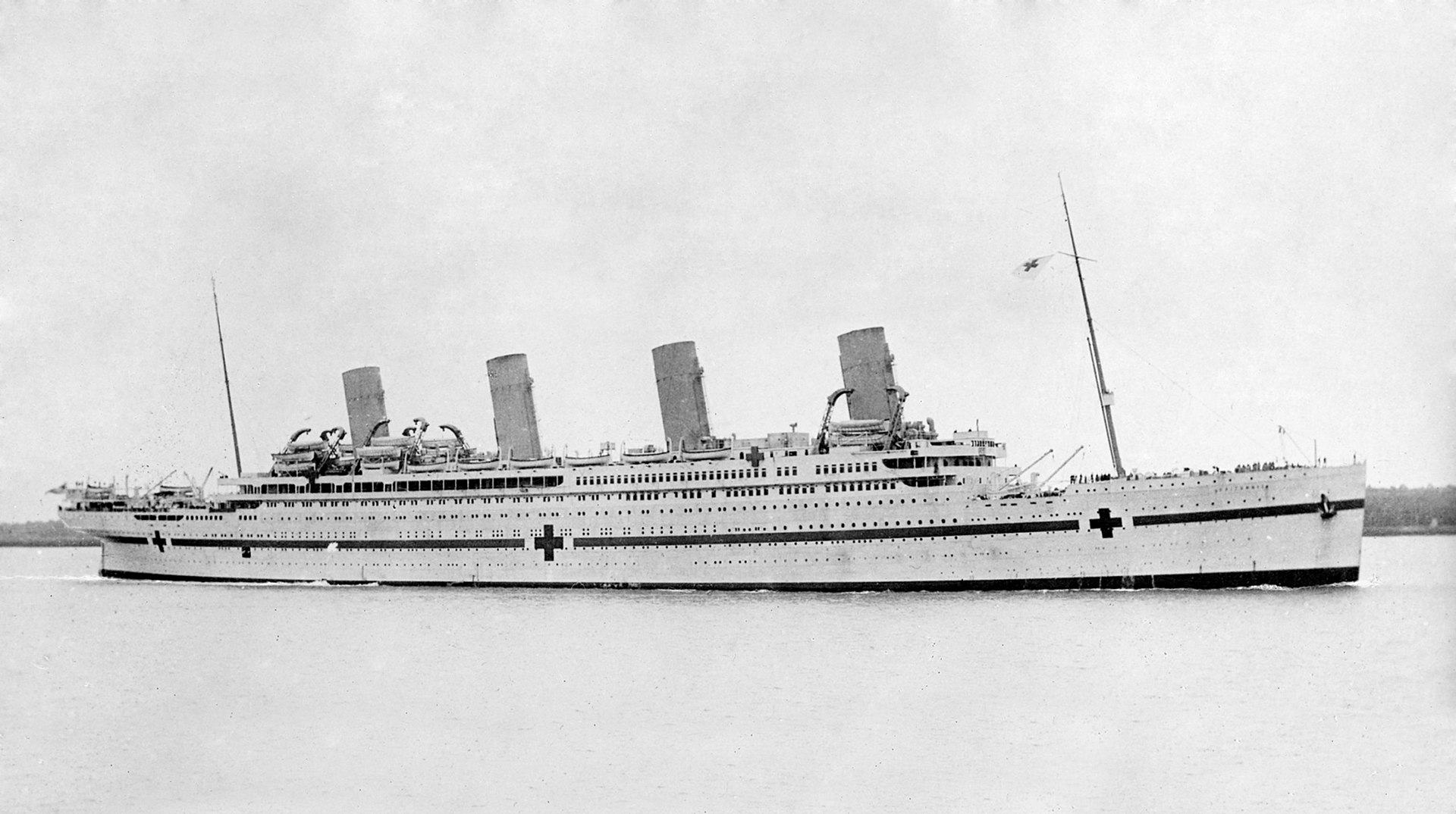 Allan C. Green, Wikimedia Commons
Allan C. Green, Wikimedia Commons
She Never Gave It Up
There was no changing Violet Jessop. Despite her dark history, she worked on ships for her entire career, only quitting when she retired. She passed in 1971 at the age of 84.
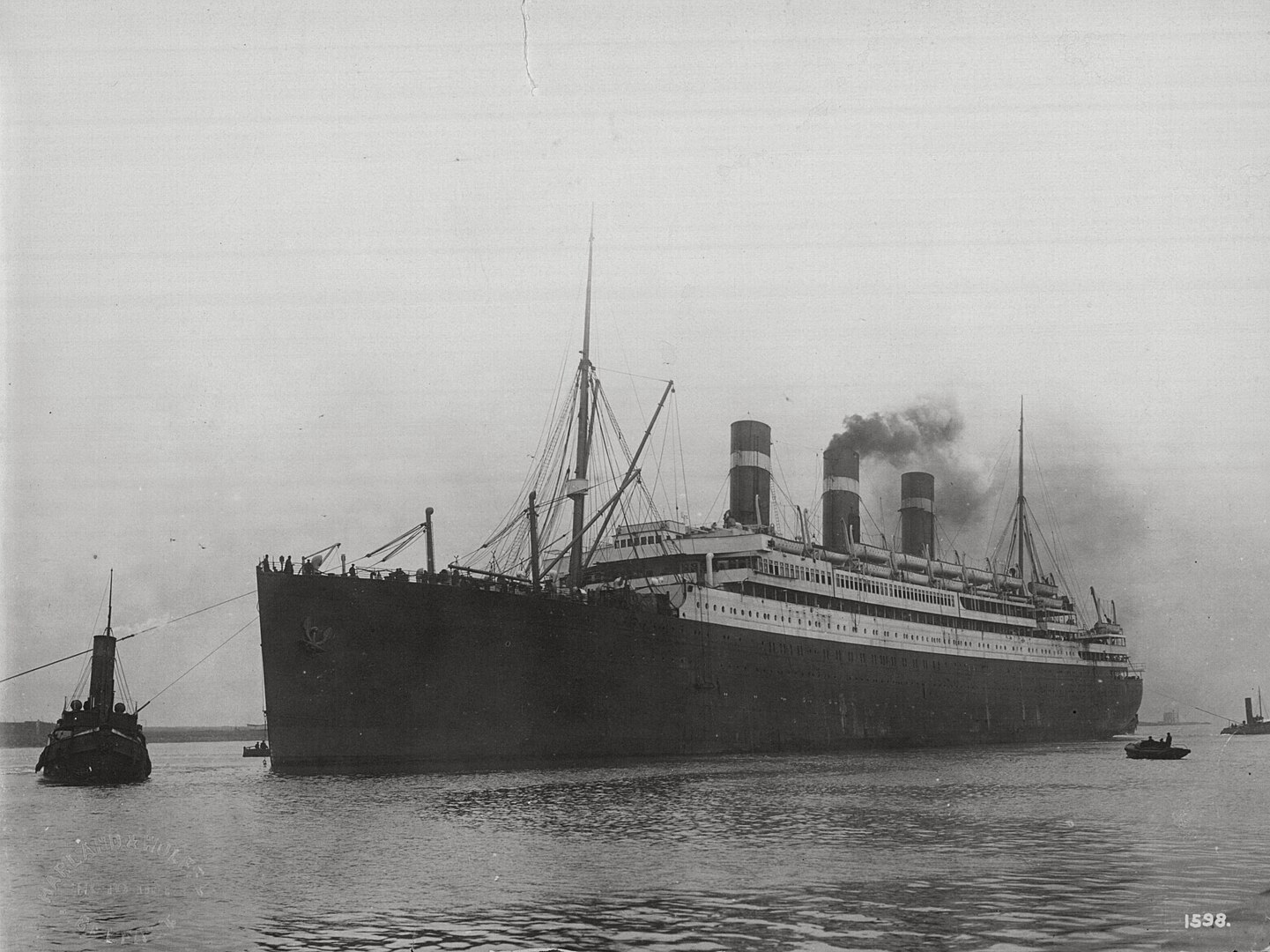 Harland & Wolff, Wikimedia Commons
Harland & Wolff, Wikimedia Commons
Lucy Noel Leslie
Lucy Noel Leslie—or the Countess of Rothes—came away from the Titanic with a heroic story. Allegedly, she assisted in rowing Lifeboat 8. Thomas Jones, the man in charge of the lifeboat, reportedly said, “She had a lot to say, so I put her to steering the boat".
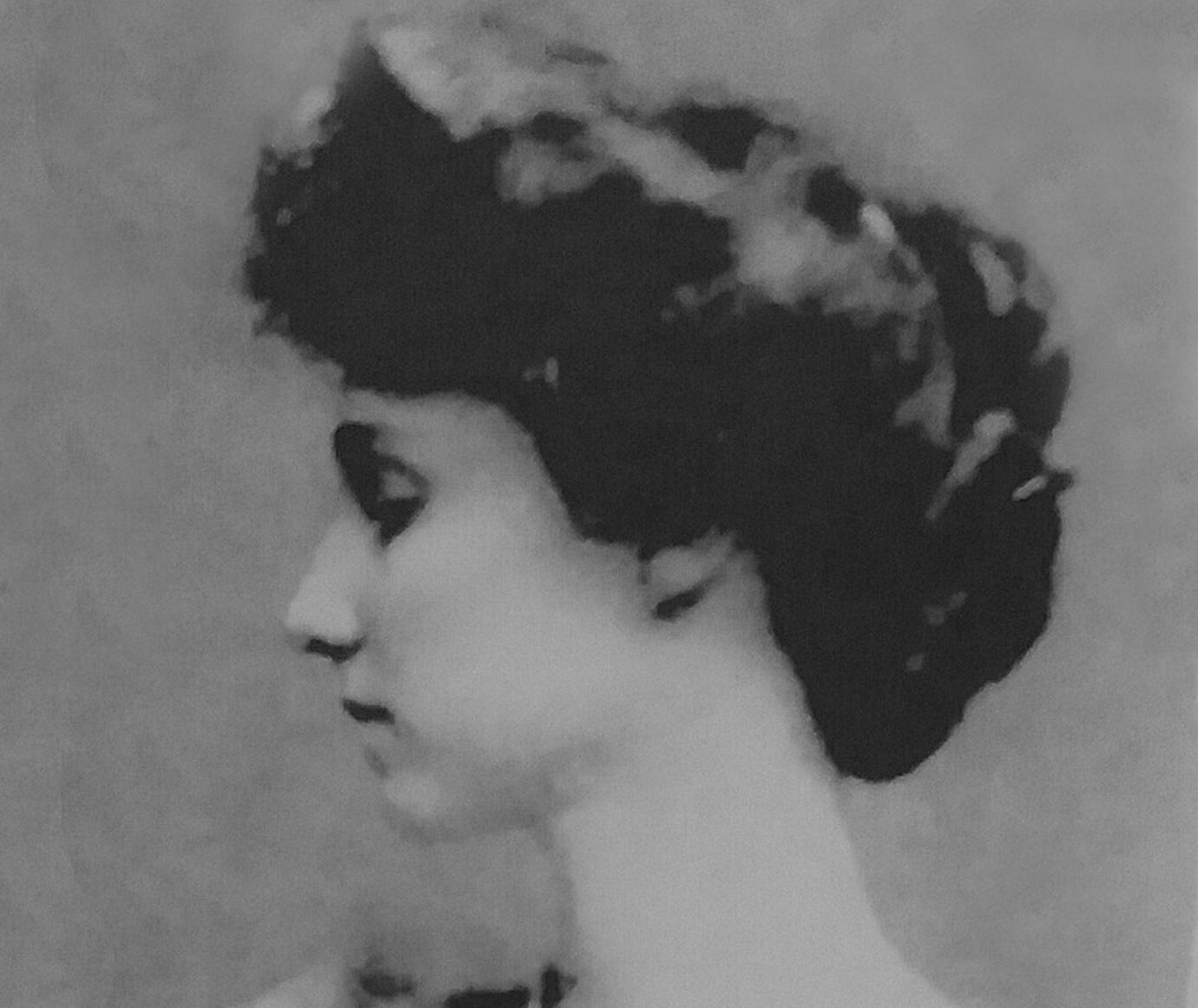 Unknown author , Wikimedia Commons
Unknown author , Wikimedia Commons
She Took Control
Though faced with insurmountable, the Countess got to work. On her own lifeboat, she tried to hearten her fellow survivors, and continued her efforts on the Carpathia.
She Bonded With The Crewman
The Countess also maintained a connection to the seaman Thomas Jones and they sent letters to one another following that fateful night. They were a record of her experience, which she didn't speak about in her daily life. It was only after she passed that her family discovered this eye-opening correspondence.
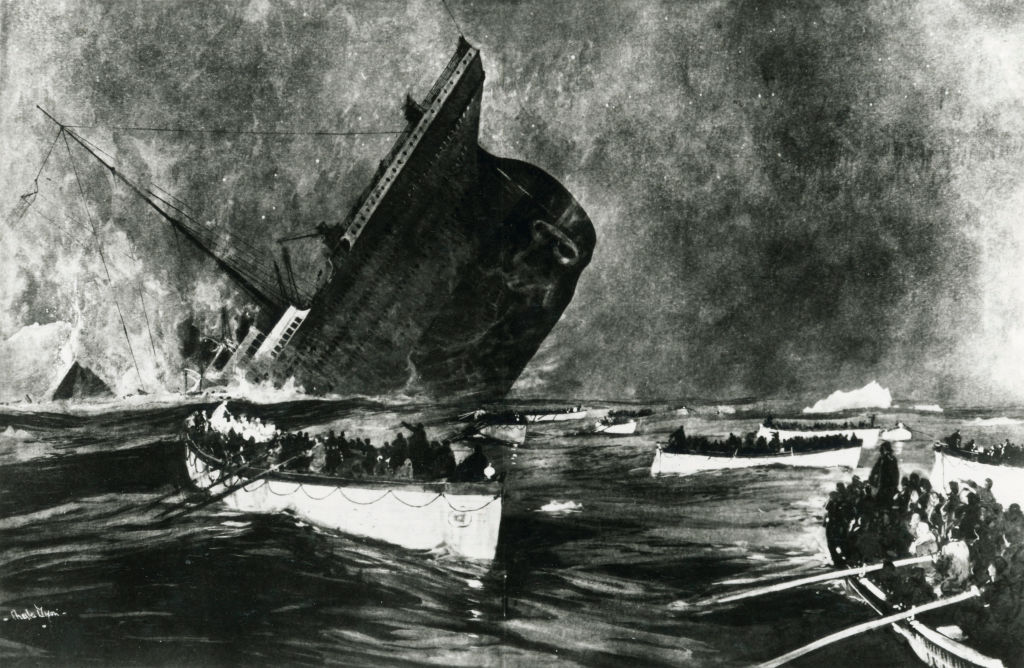 Science & Society Picture Library, Getty Images
Science & Society Picture Library, Getty Images
Charles Lightoller
Charles Lightoller might have one of the most stressful survival stories. He was Titanic's Second Officer. When the ship began sinking, he was busy on the port side, organizing the lifeboats. He, however, stayed to the very end.
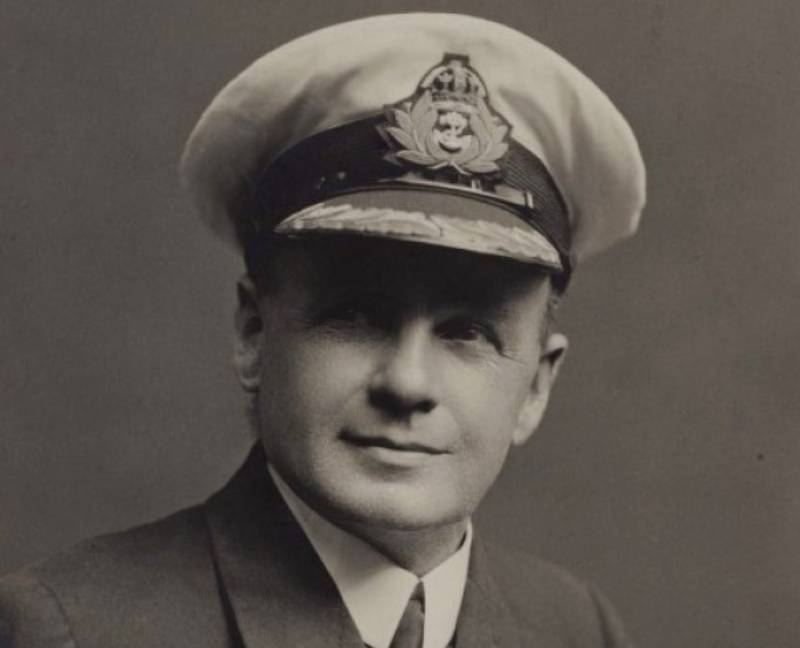 Unknown Author, Wikimedia Commons
Unknown Author, Wikimedia Commons
He Got Pulled Under The Water
When the Titanic got sucked beneath the waves, so did Charles Lightoller. He later shared this horrifying experience in his book, Titanic and Other Ships.
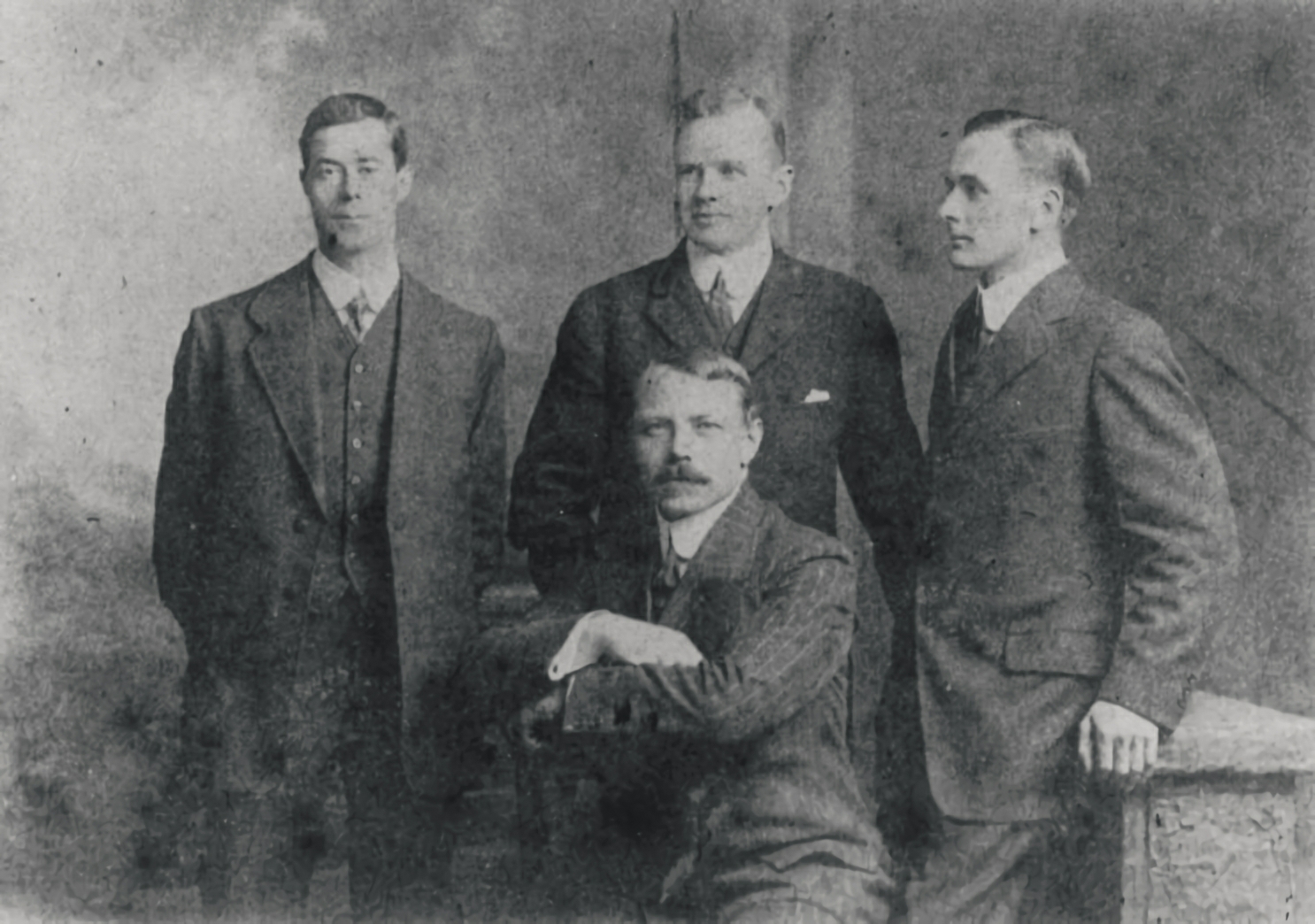 Unknown Author, Wikimedia Commons
Unknown Author, Wikimedia Commons
He Nearly Drowned
Lightoller recalled, “I was drowning, and a matter of another couple of minutes would have seen me through…when suddenly a terrific blast of hot air came up the shaft and blew me right away from the airshaft and up to the surface".
One Of The Lucky Ones
Against all odds, Lightoller managed to survive by pulling himself on top of an upside-down lifeboat. He stayed there until rescuers came for him.
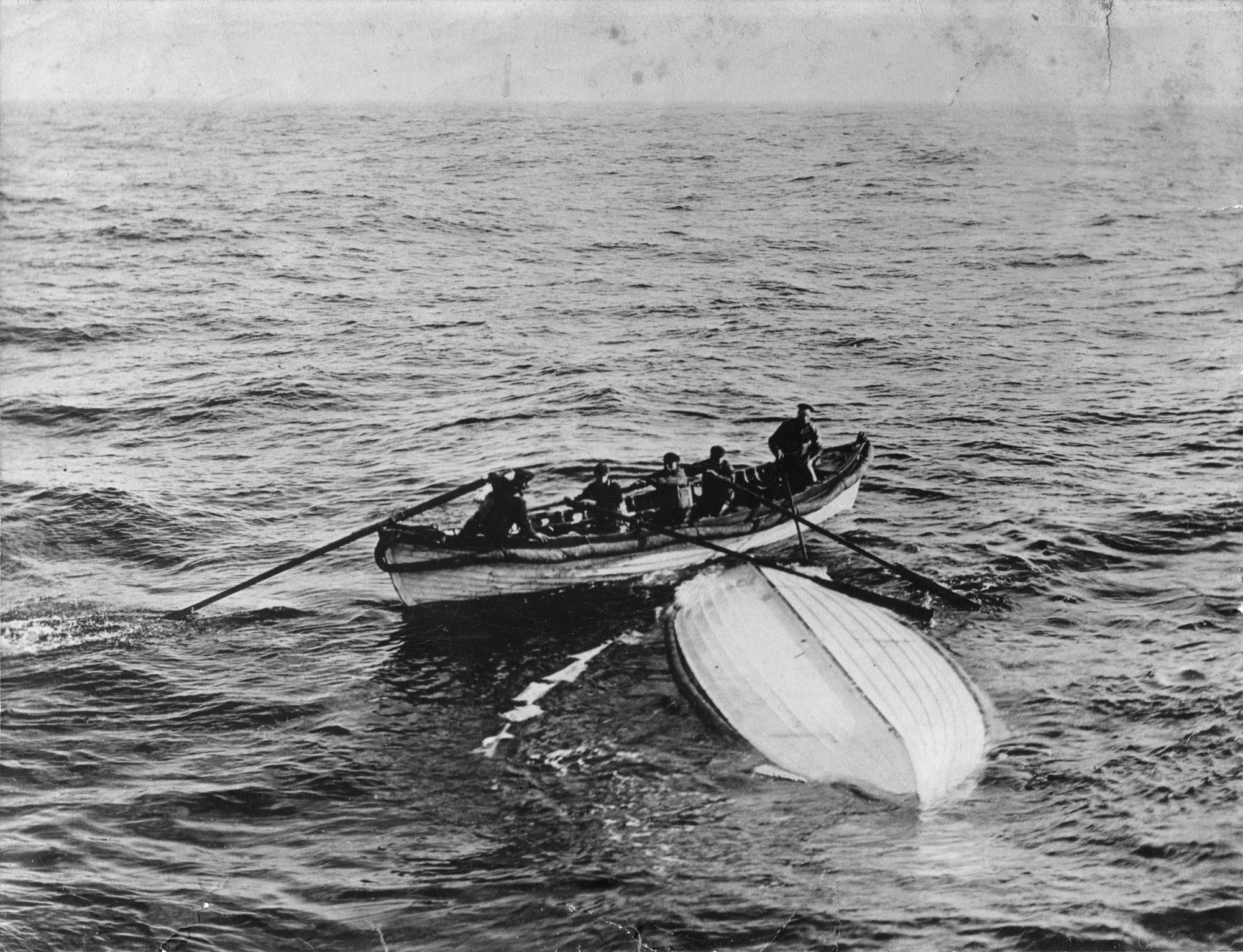 Unknown Author, Wikimedia Commons
Unknown Author, Wikimedia Commons
He Was A Hero
Lightoller went on to fight in WWI, but he wasn't done with ships. He eventually bought a yacht, which he used during WWII to save British soldiers from the Dunkirk beaches.
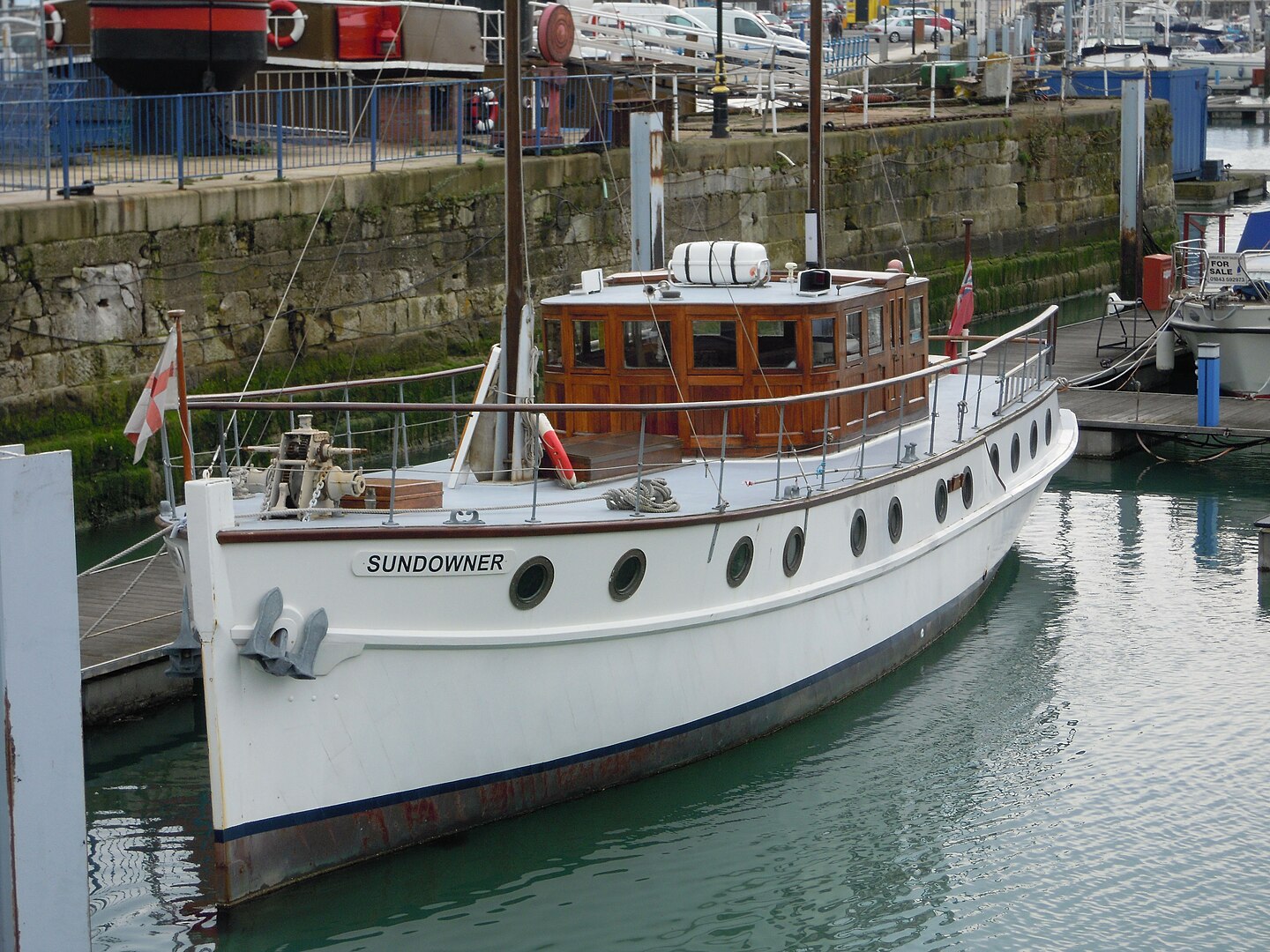 Stavros1, CC BY 3.0, Wikimedia Commons
Stavros1, CC BY 3.0, Wikimedia Commons
Elsie Bowerman
Elsie Bowerman was the same lifeboat as Molly Brown.
Reportedly, she later wrote about the Titanic's final night, “The silence when the engines stopped was followed by a steward knocking on our door and telling us to go on deck. This we did and were lowered into lifeboats, where we were told to get away from the liner as soon as we could in case of suction. This we did, and to pull an oar in the midst of the Atlantic in April with icebergs floating about is a strange experience.”
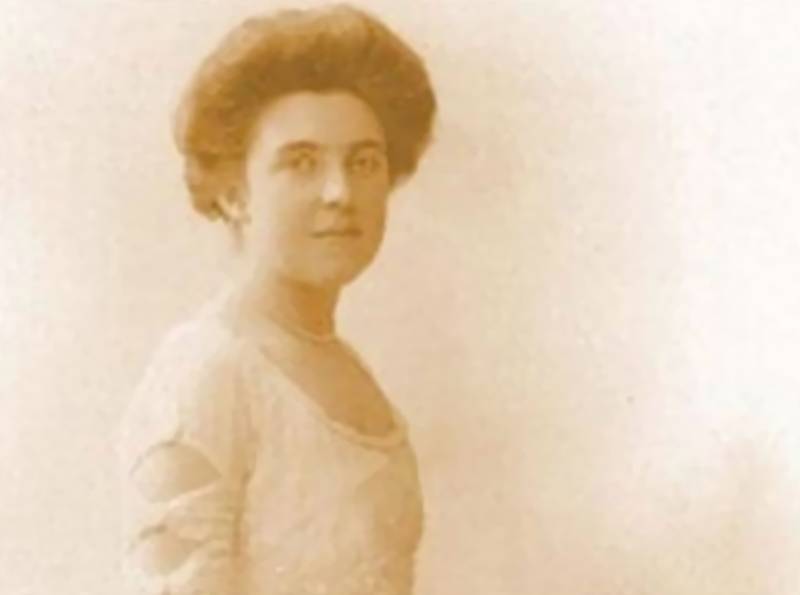 Unknown Author, Wikimedia Commons
Unknown Author, Wikimedia Commons
She Dedicated Her Life To Making A Difference
Bowerman was a passionate supporter of women's suffrage, and later studied law after women championed the right to vote. But that was only aspect of her wild life.
 Unknown Author, Wikimedia Commons
Unknown Author, Wikimedia Commons
She Did It All
Bowerman was also a nurse in WWI and part of the Women's Royal Volunteer Service in WWII. With her education, she became a barrister, but also played a hand in the United Nations' Commission on the Status of Women. Basically, Elsie Bowerman did it all and survived the Titanic.
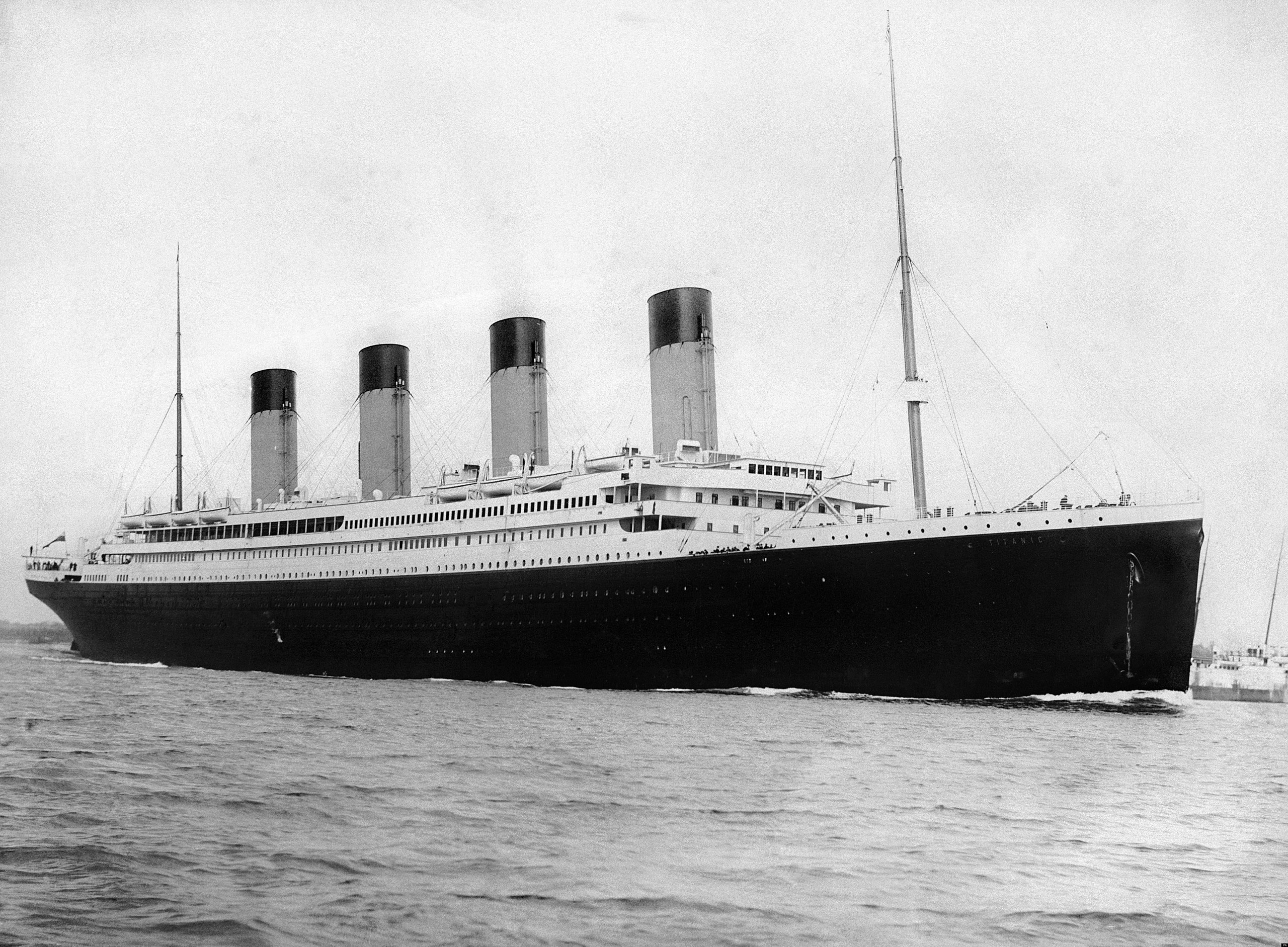 Francis Godolphin Osbourne Stuart, Wikimedia Commons
Francis Godolphin Osbourne Stuart, Wikimedia Commons
Karl Behr
Karl Behr was one of the famous figures who survived the sinking. He was a tennis pro with romance on the brain when he stepped foot on the Titanic to chase his future wife, Helen Newsom. Newsom was enjoying a family vacation at the time, but it quickly turned into a horror story.
 J. Parmley Paret, Wikimedia Commons
J. Parmley Paret, Wikimedia Commons
He Saved Her Family
Reportedly, Karl Behr was responsible for rousing Newsom's family from their slumber when the Titanic hit the iceberg. As a result, they managed to survive by escaping on Lifeboat 5.
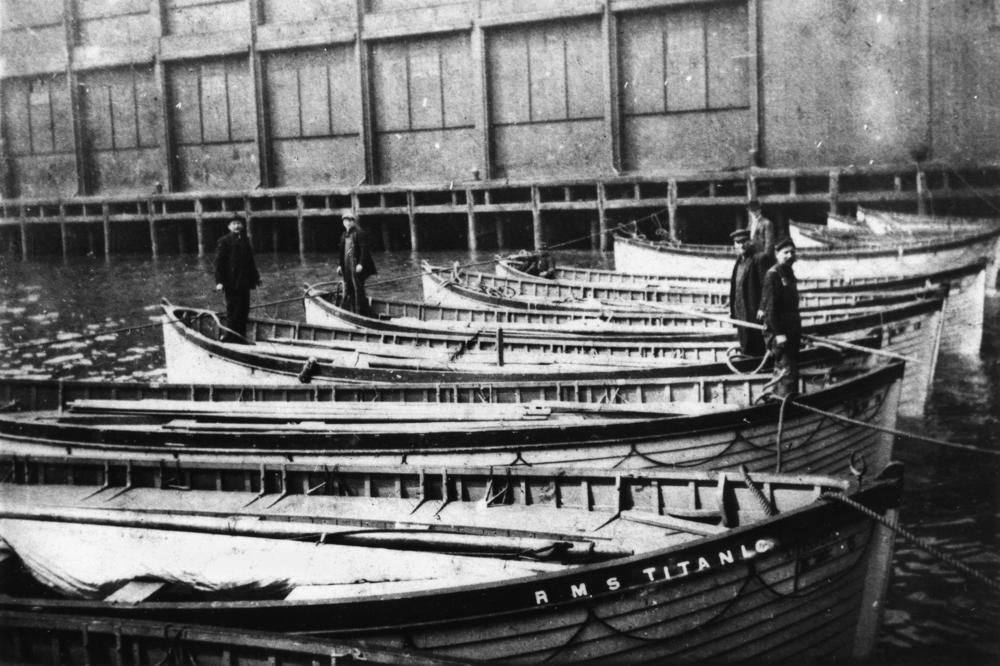 Unknown Author, Wikimedia Commons
Unknown Author, Wikimedia Commons
Hard Times On The Carpathia
After reaching the Carpathia, the distress only increased for Behr. He supposedly said, "Although the sinking of the Titanic was dreadful…the four days among the sufferers on the Carpathia was much worse and more difficult to forget".
 Library of Congress, Wikimedia Commons
Library of Congress, Wikimedia Commons
He Met His Future Opponent
While trying to recover from the tragedy on the Carpathia, Karl Behr met another tennis player, Richard Williams. Williams had his own nightmare to deal with: his legs had frostbite. Still, only months later, these two players would face each other in a tennis match.
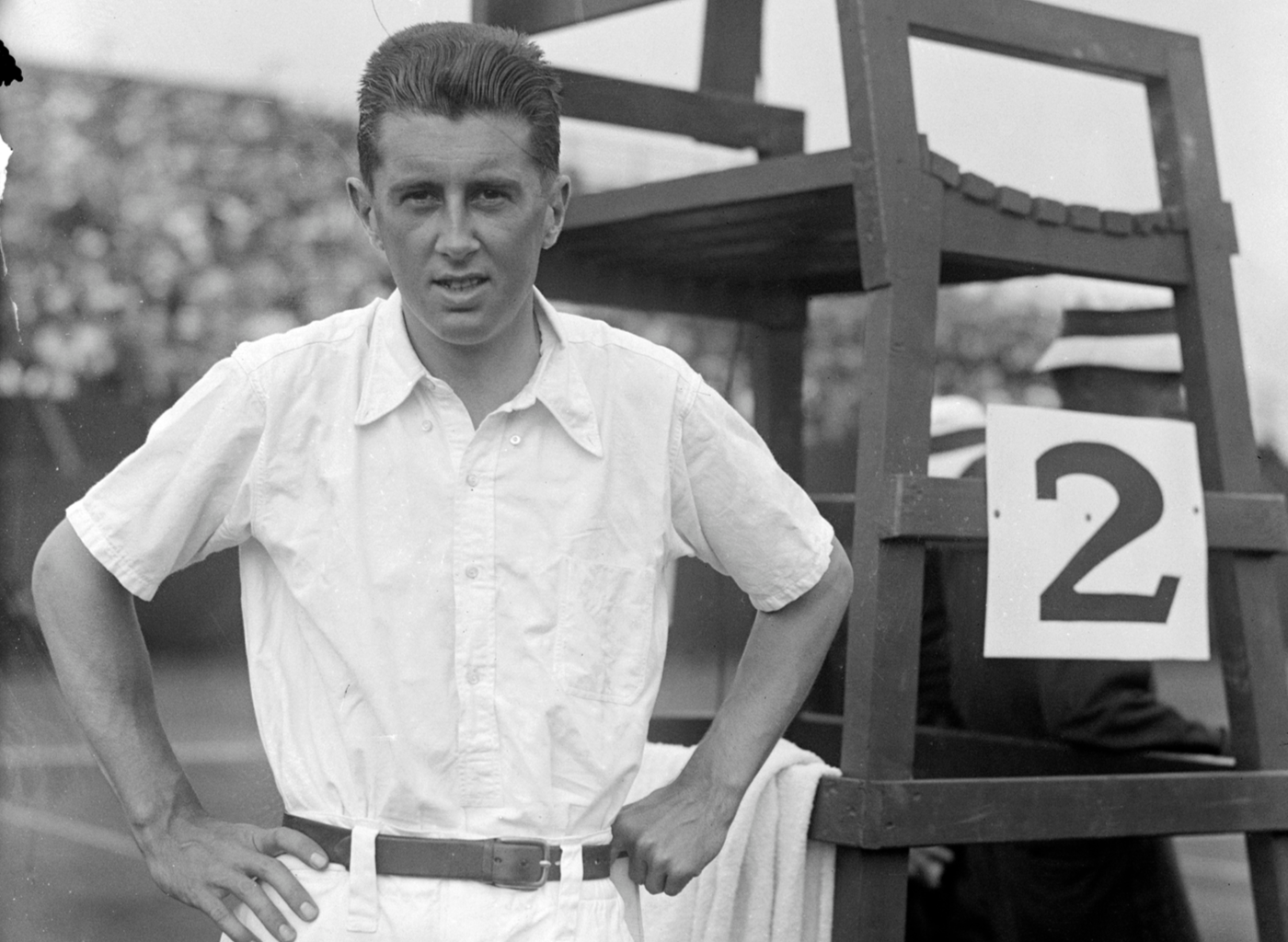 George Grantham Bain, Wikimedia Commons
George Grantham Bain, Wikimedia Commons
He Had Survivor's Guilt
According to Behr's granddaughter, he could never shake the darkness of his experience at sea: "He wished he had saved someone from the water so that at least an act of heroism could have resulted from his survival".
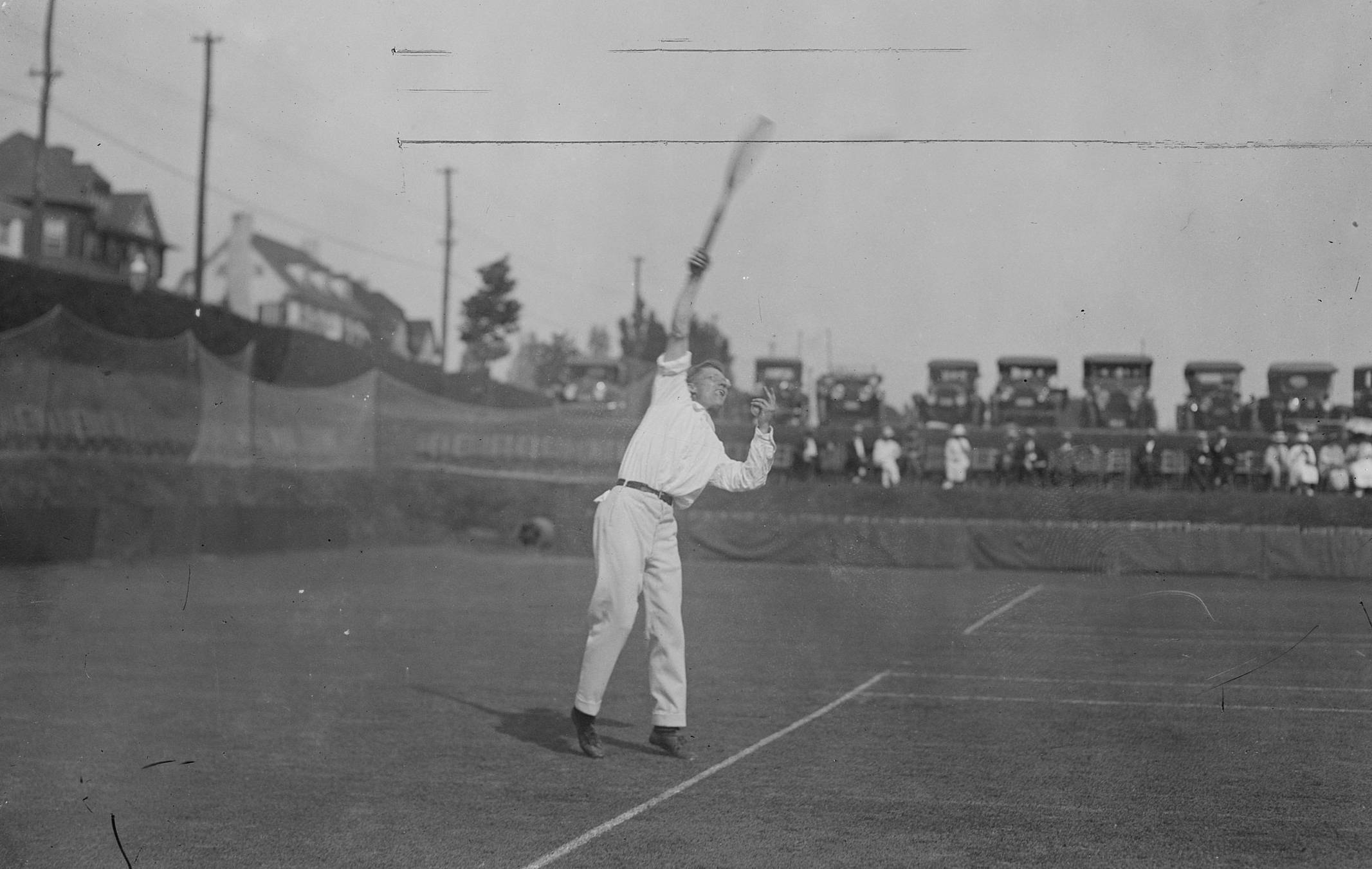 Bain News Service, Wikimedia Commons
Bain News Service, Wikimedia Commons


